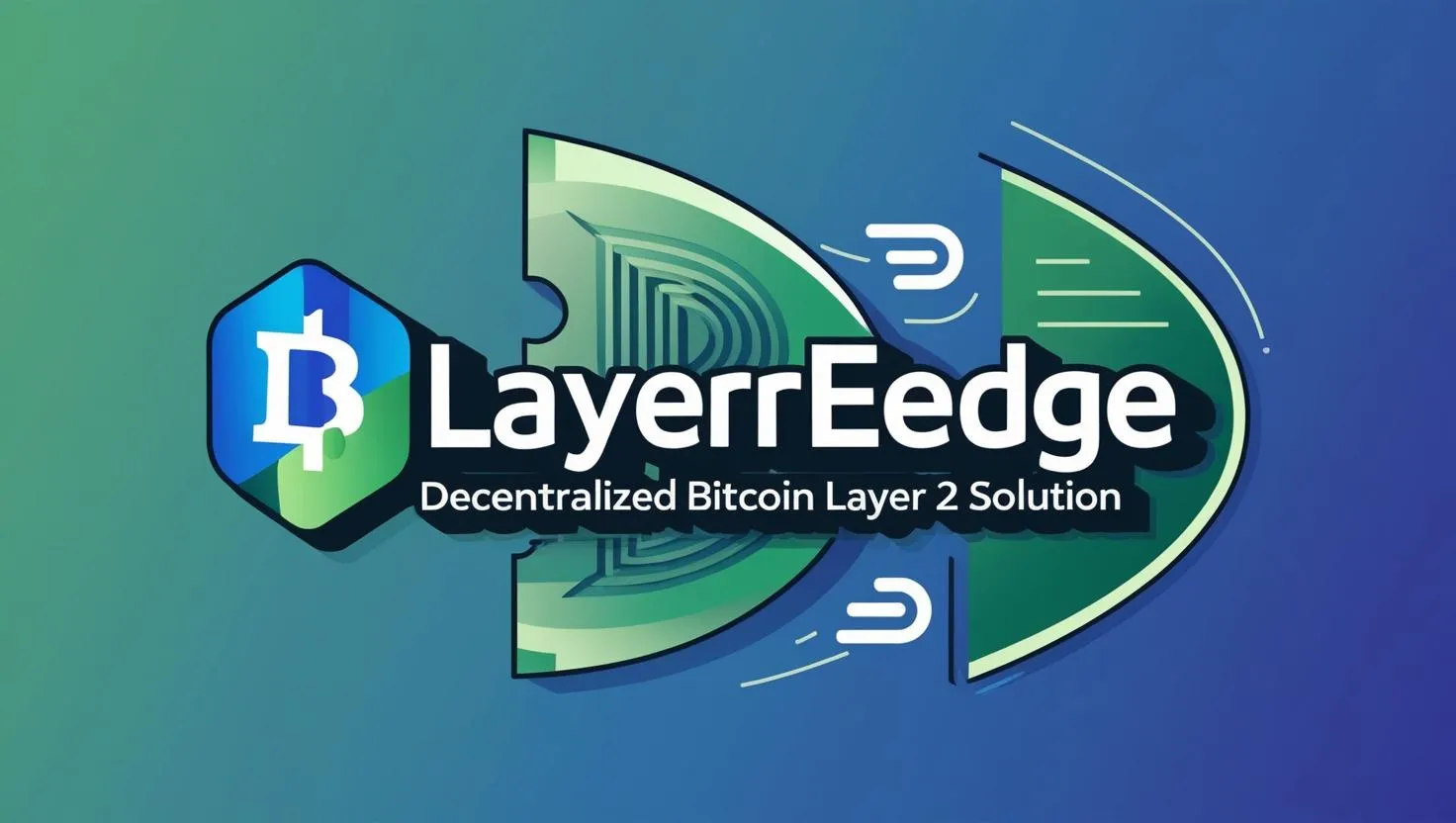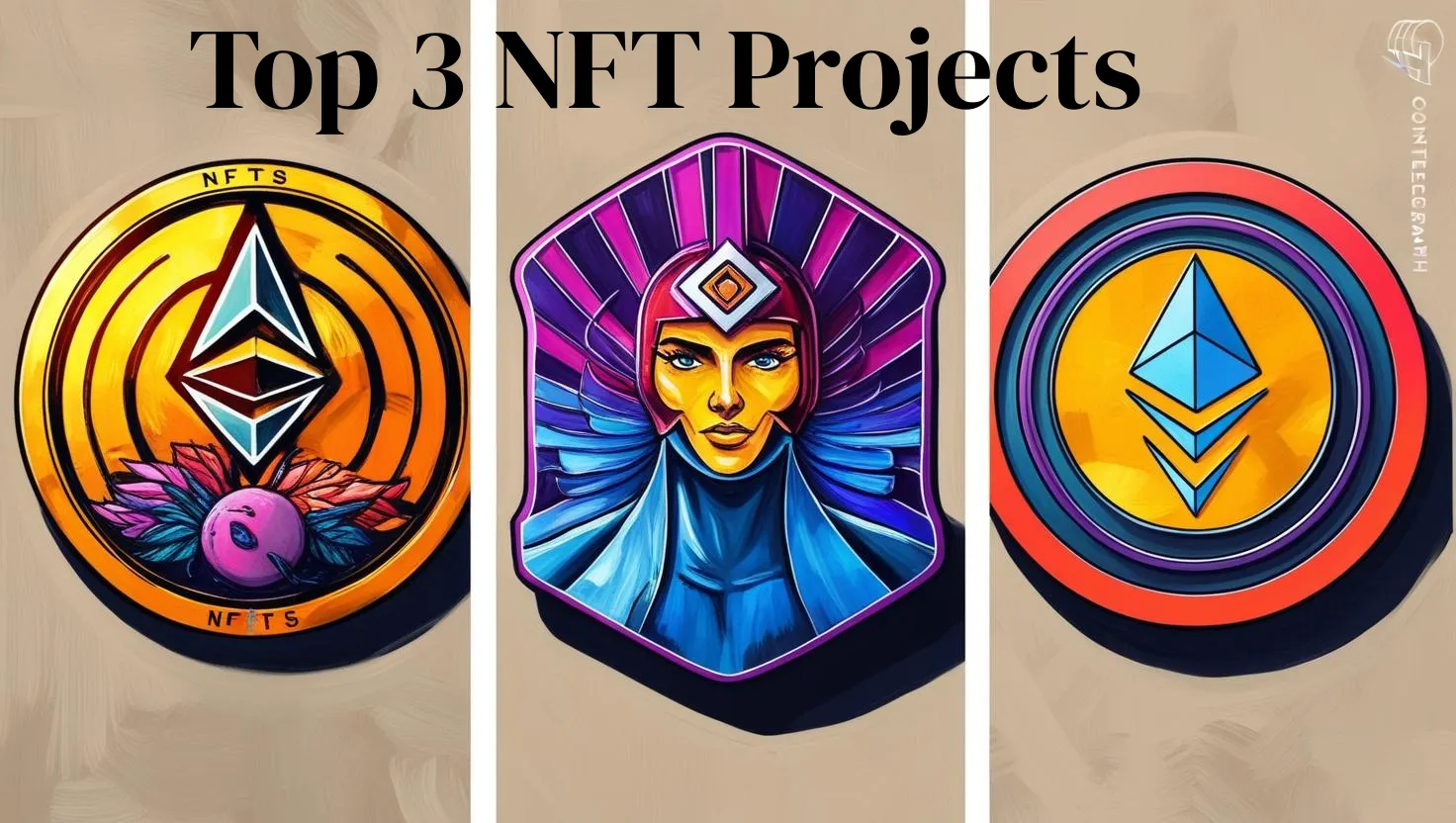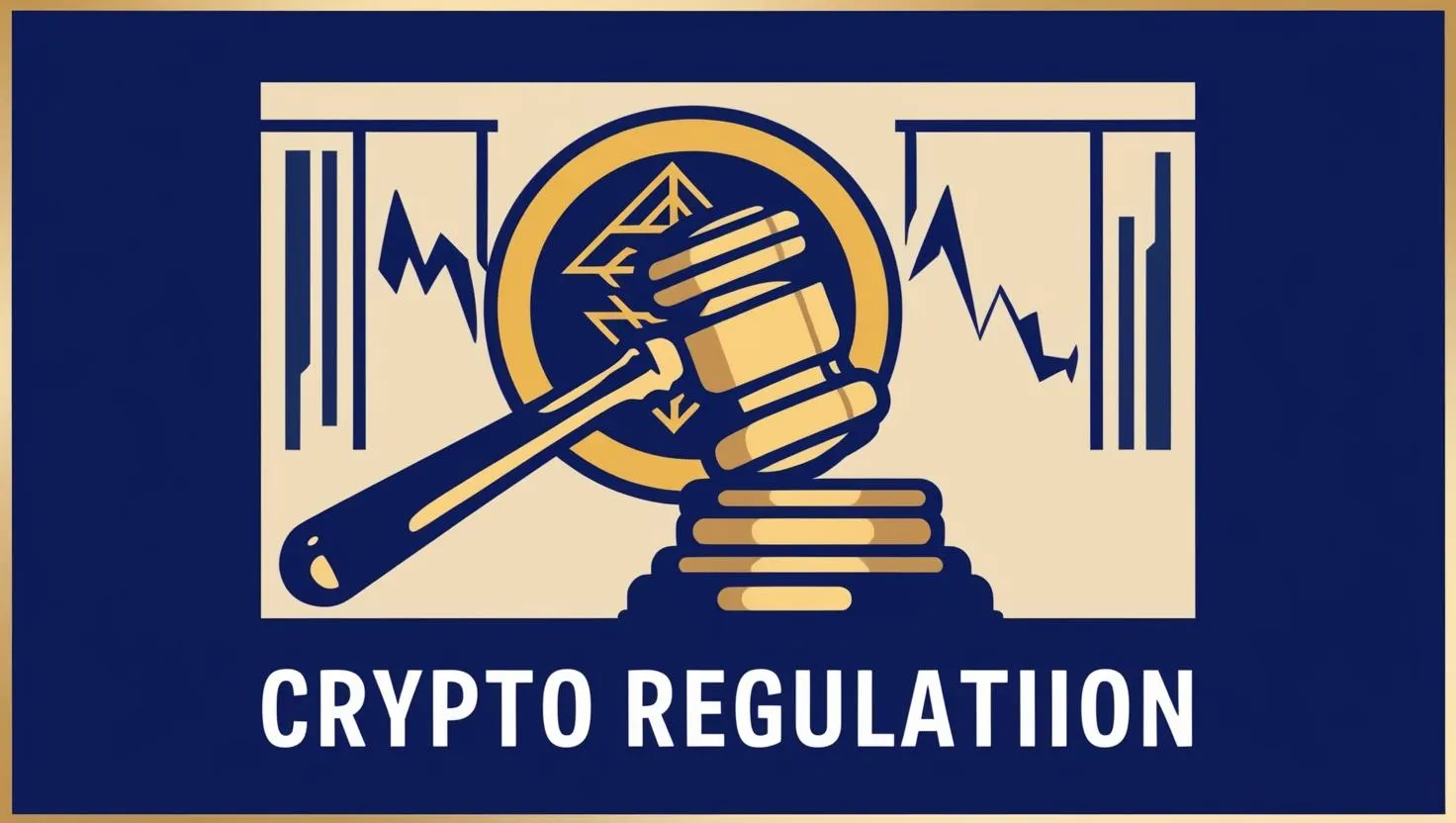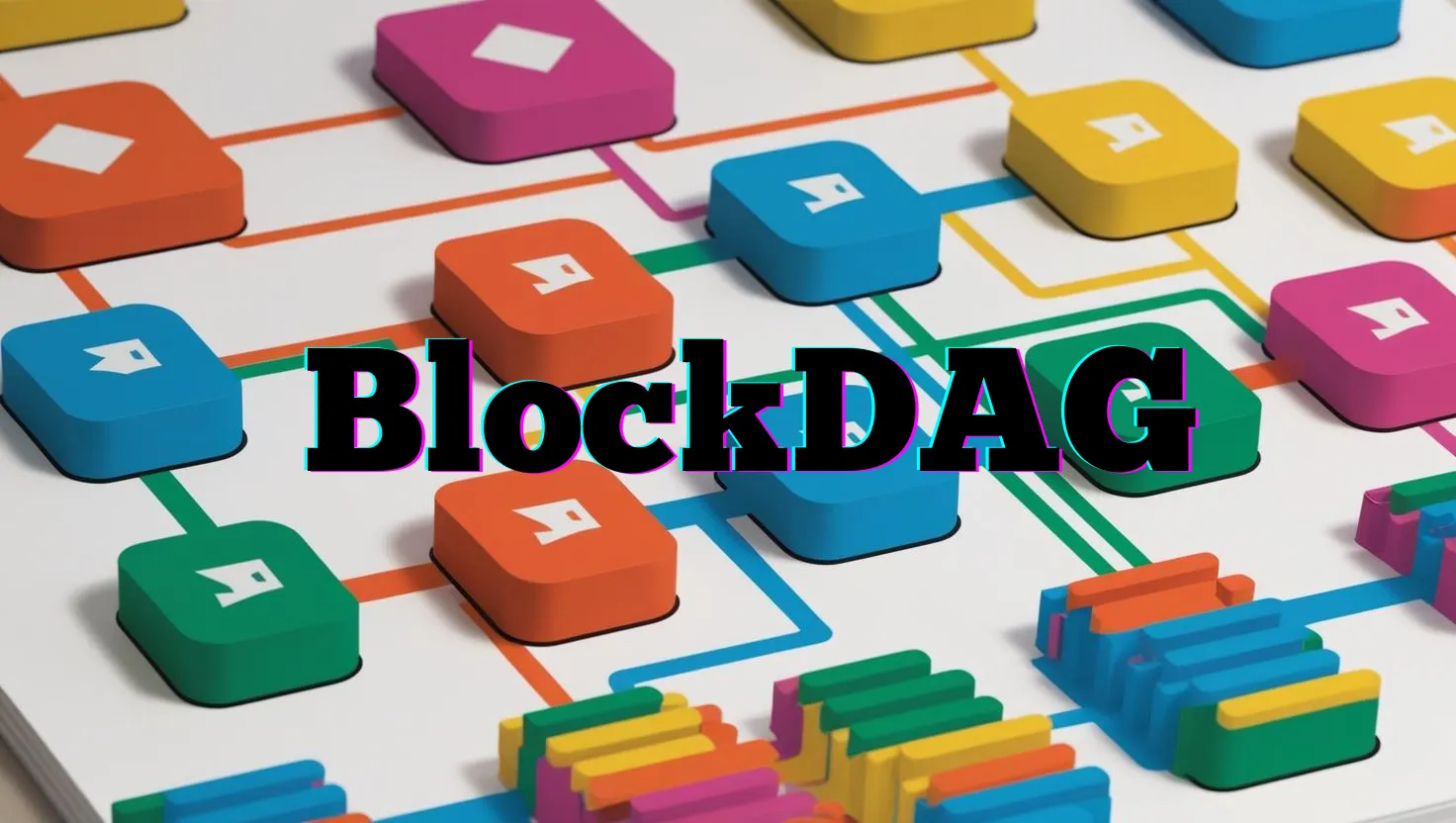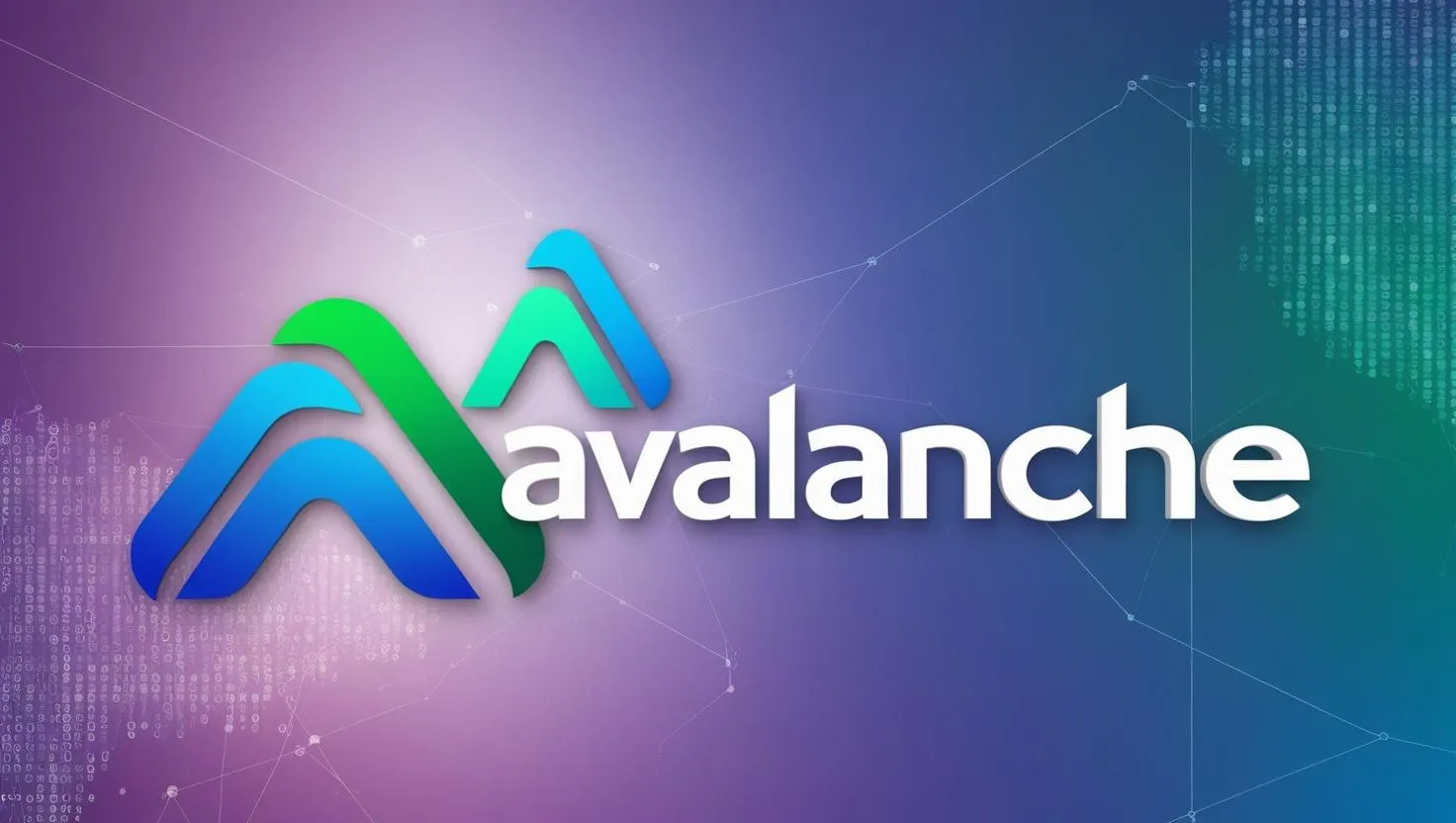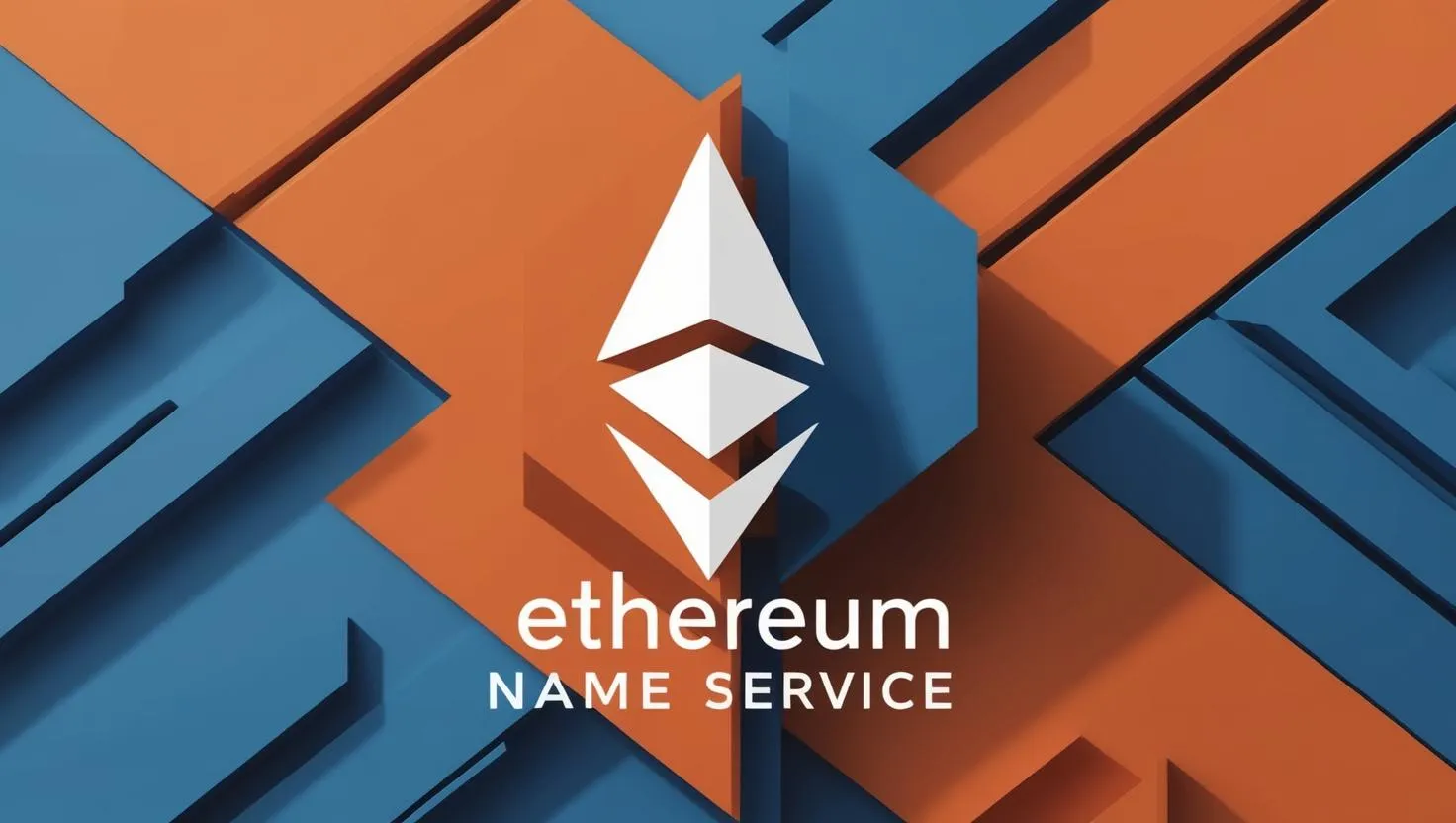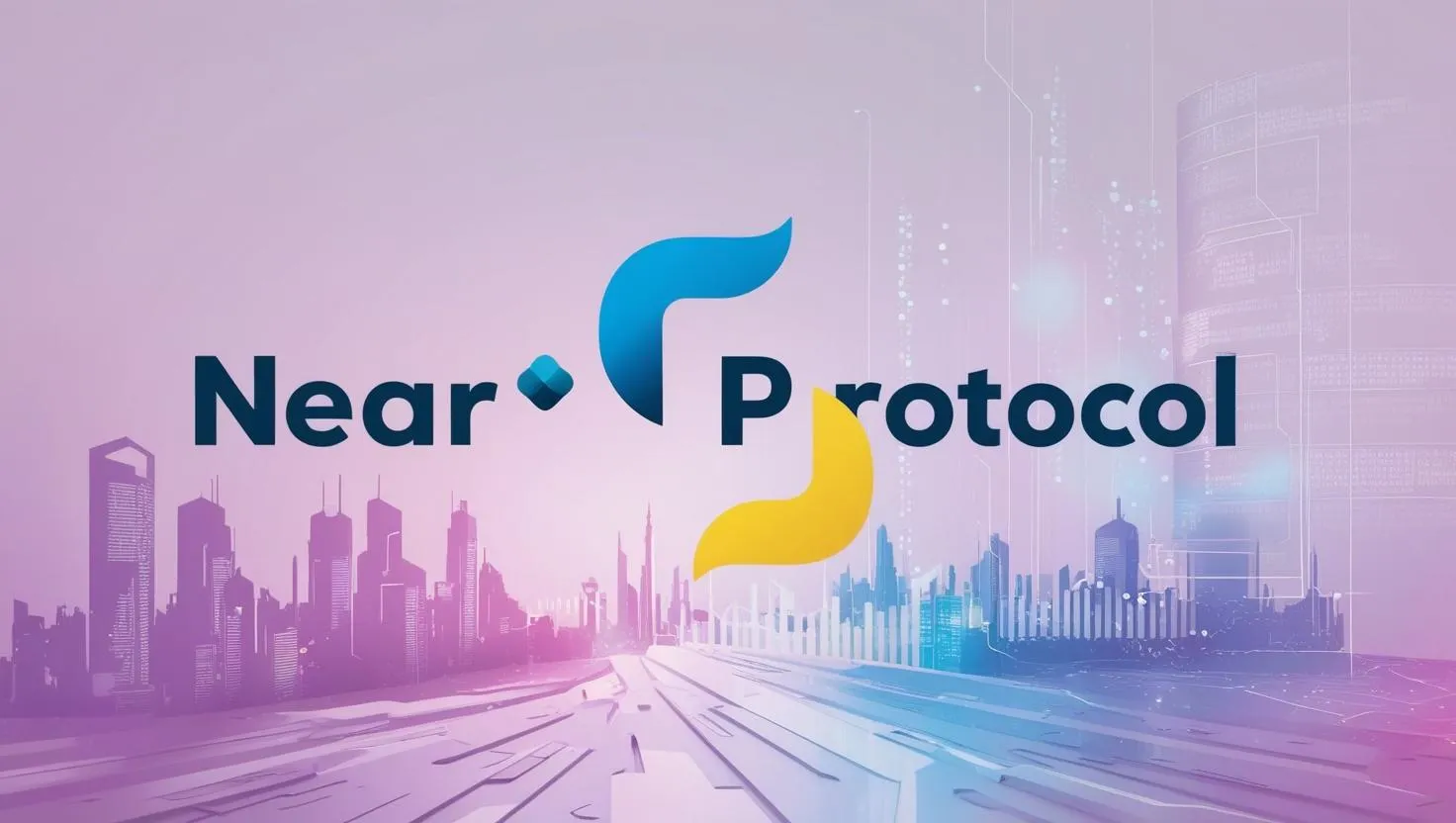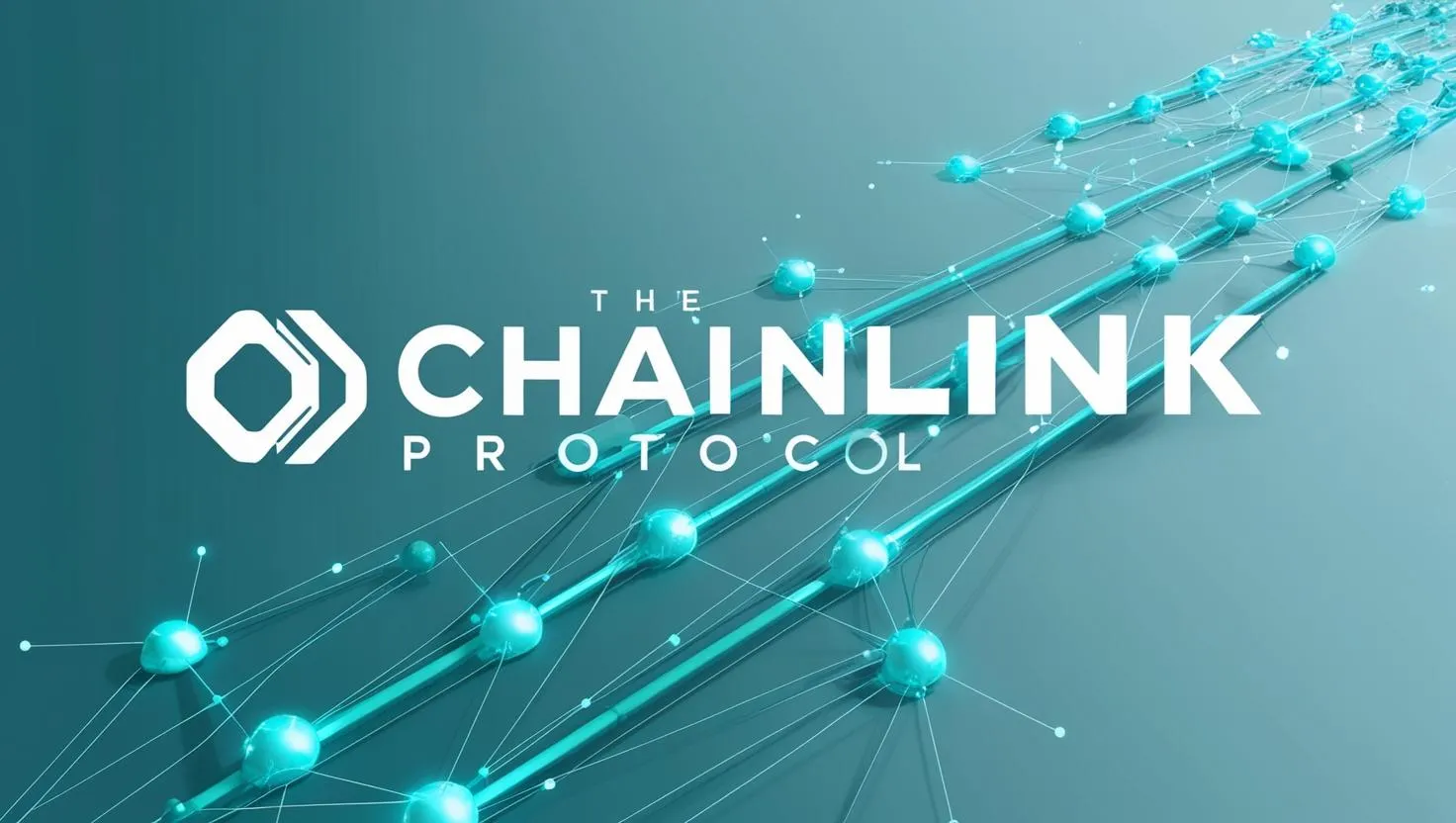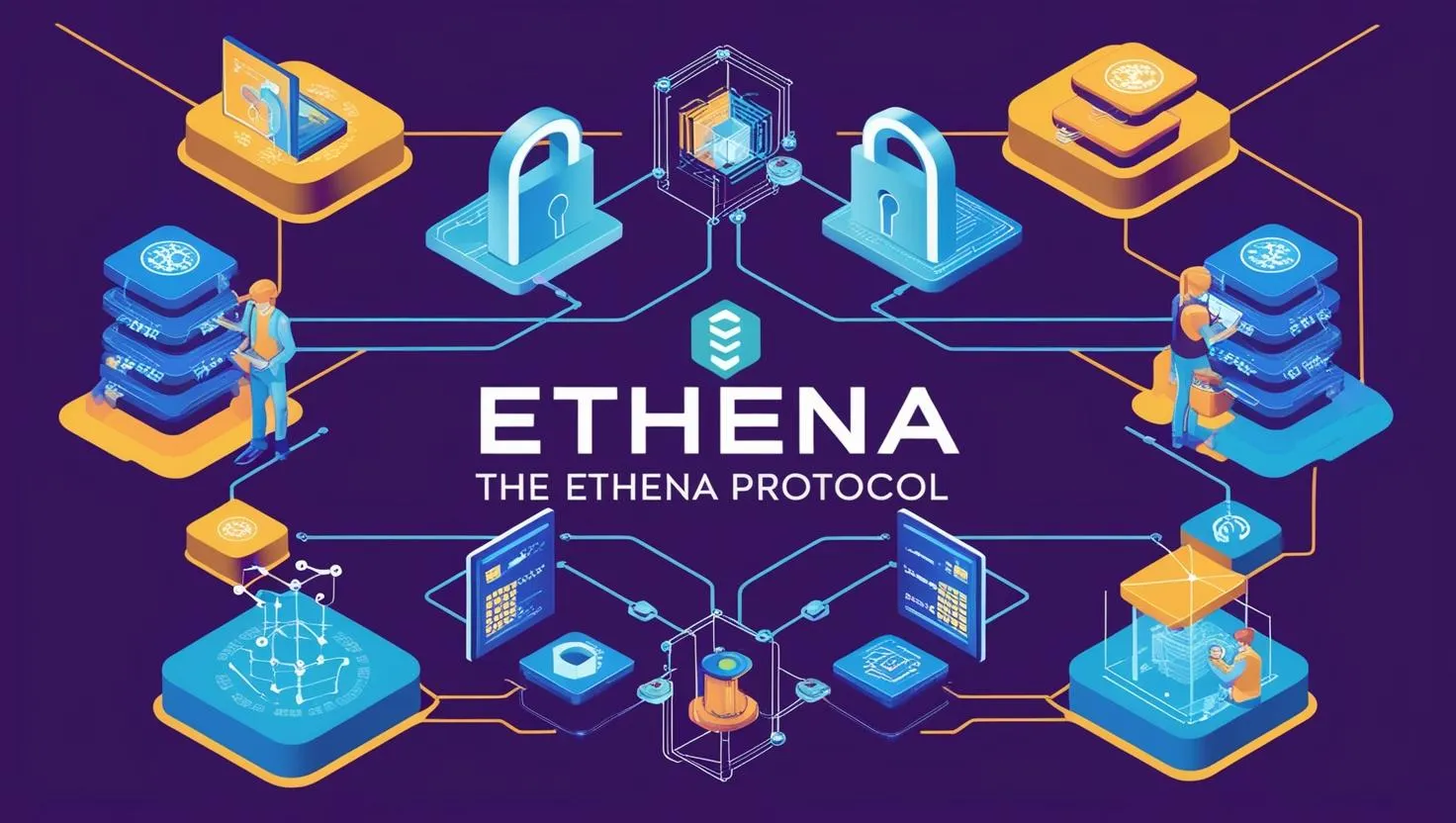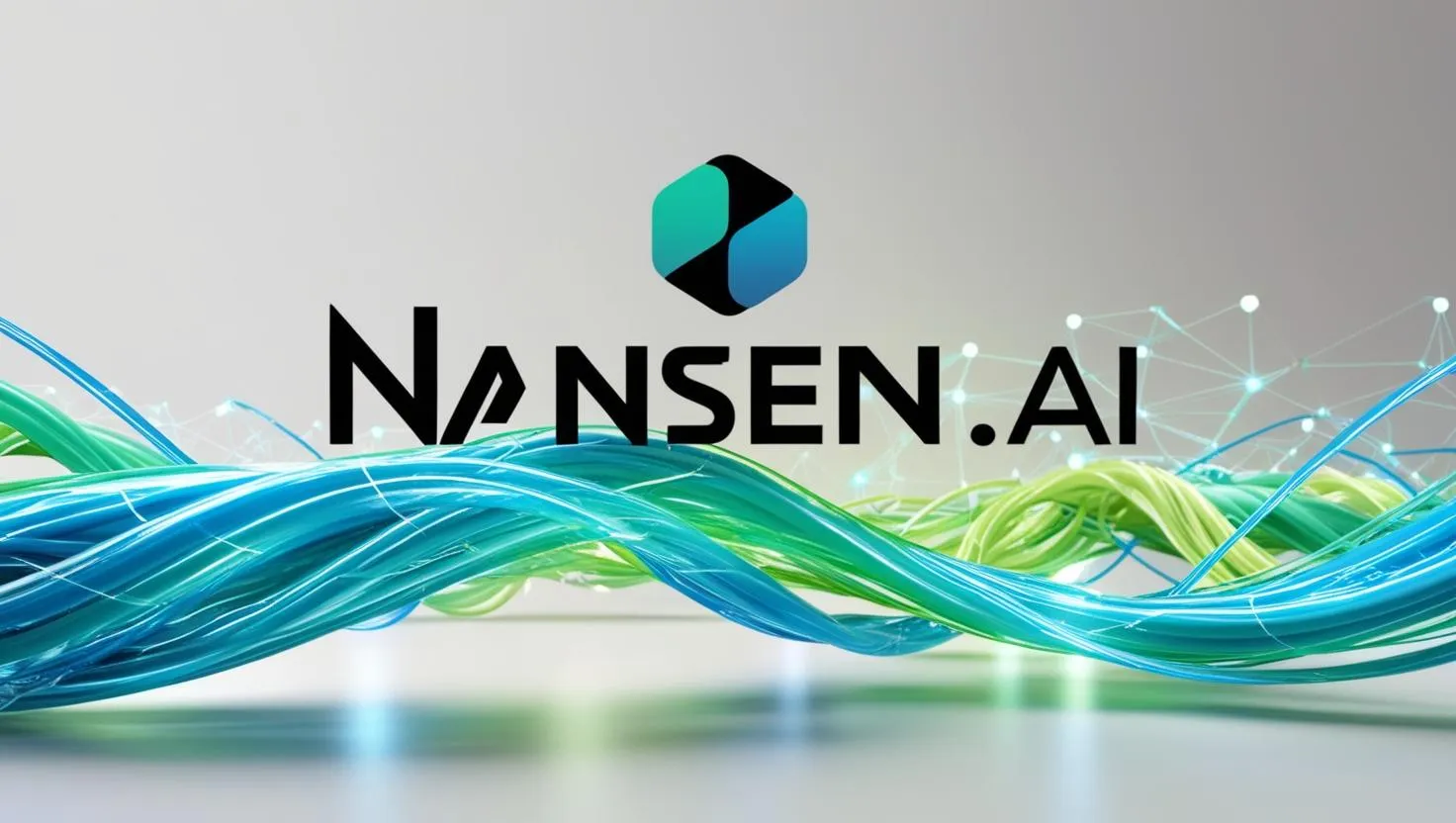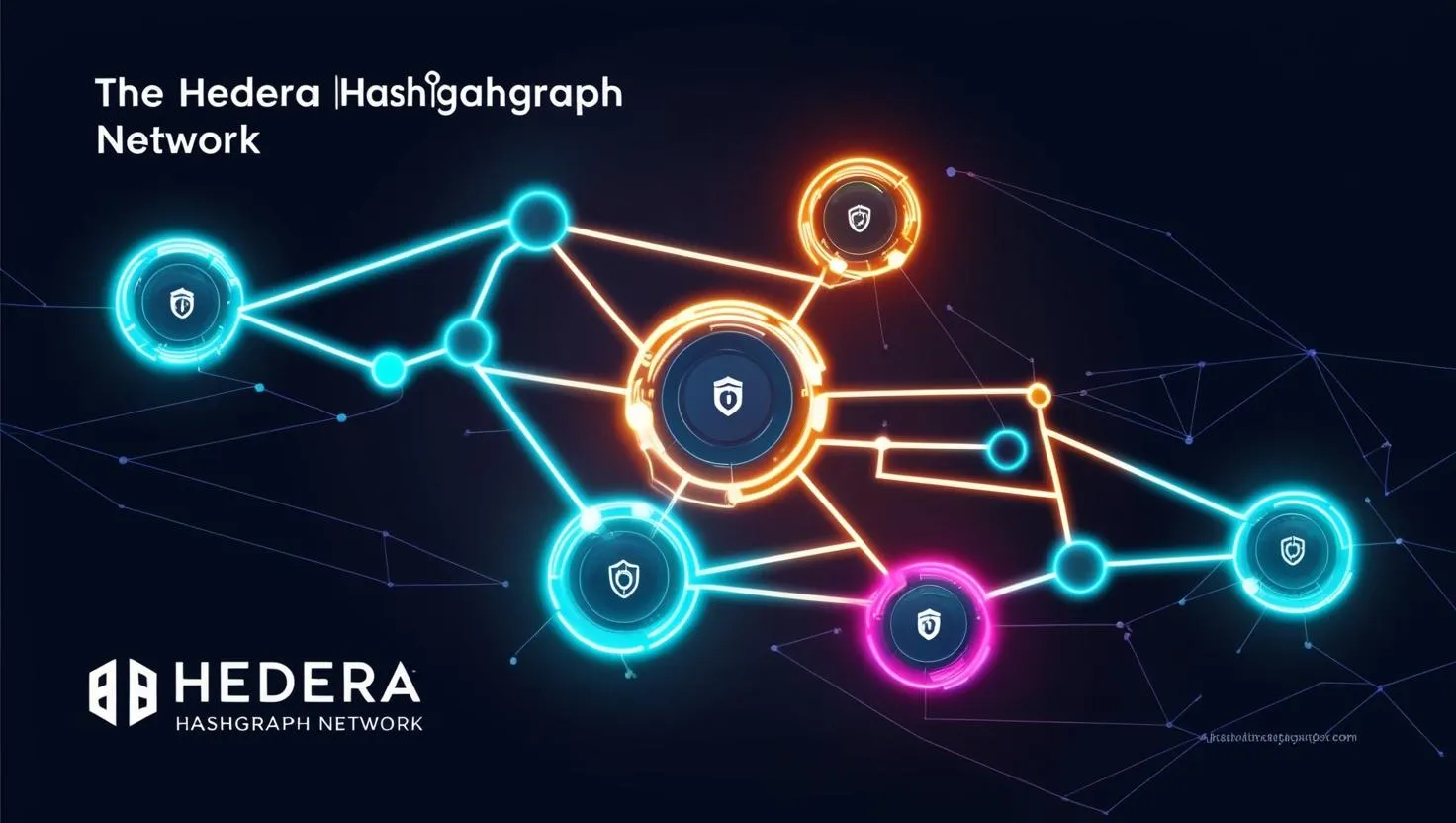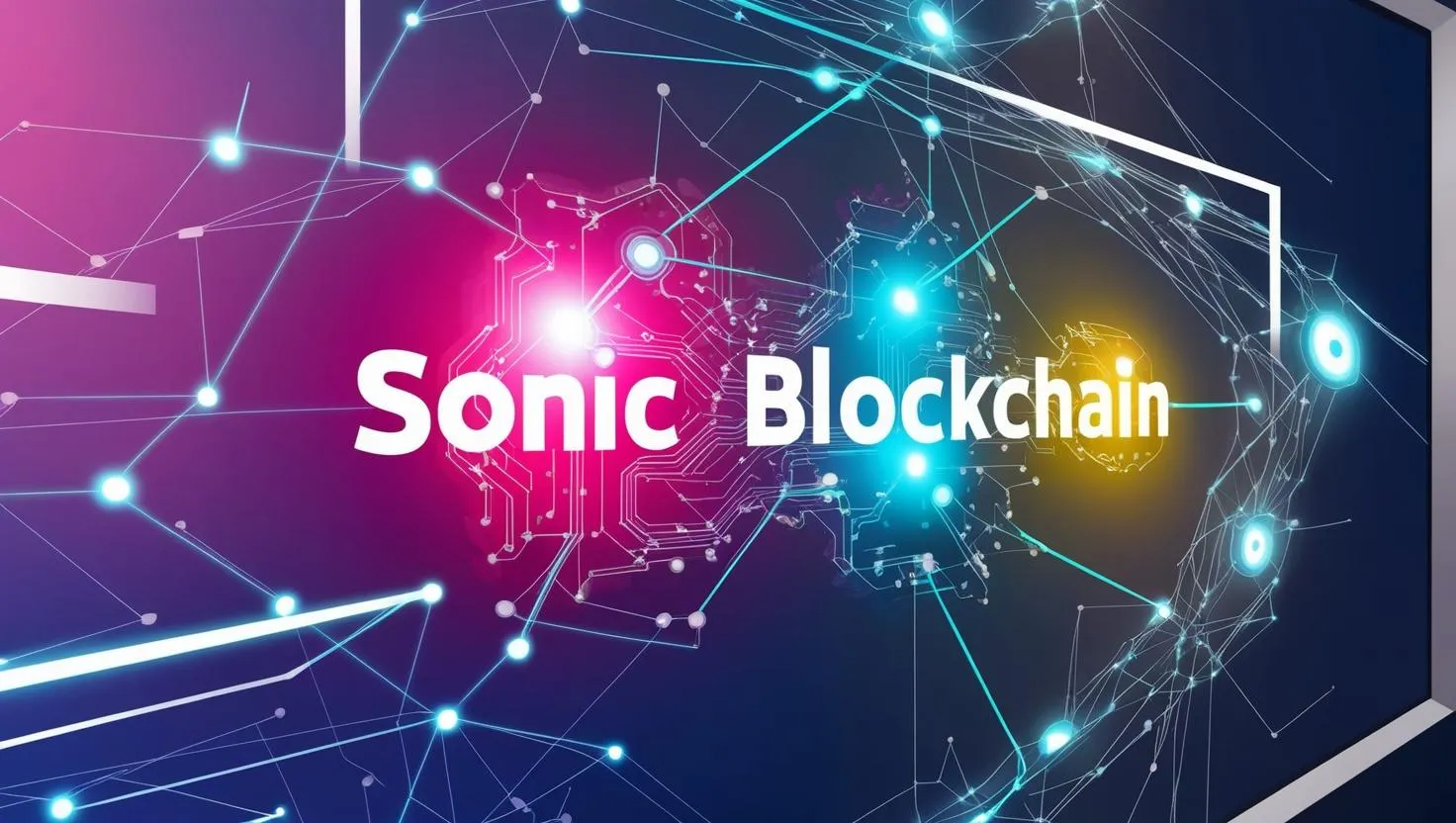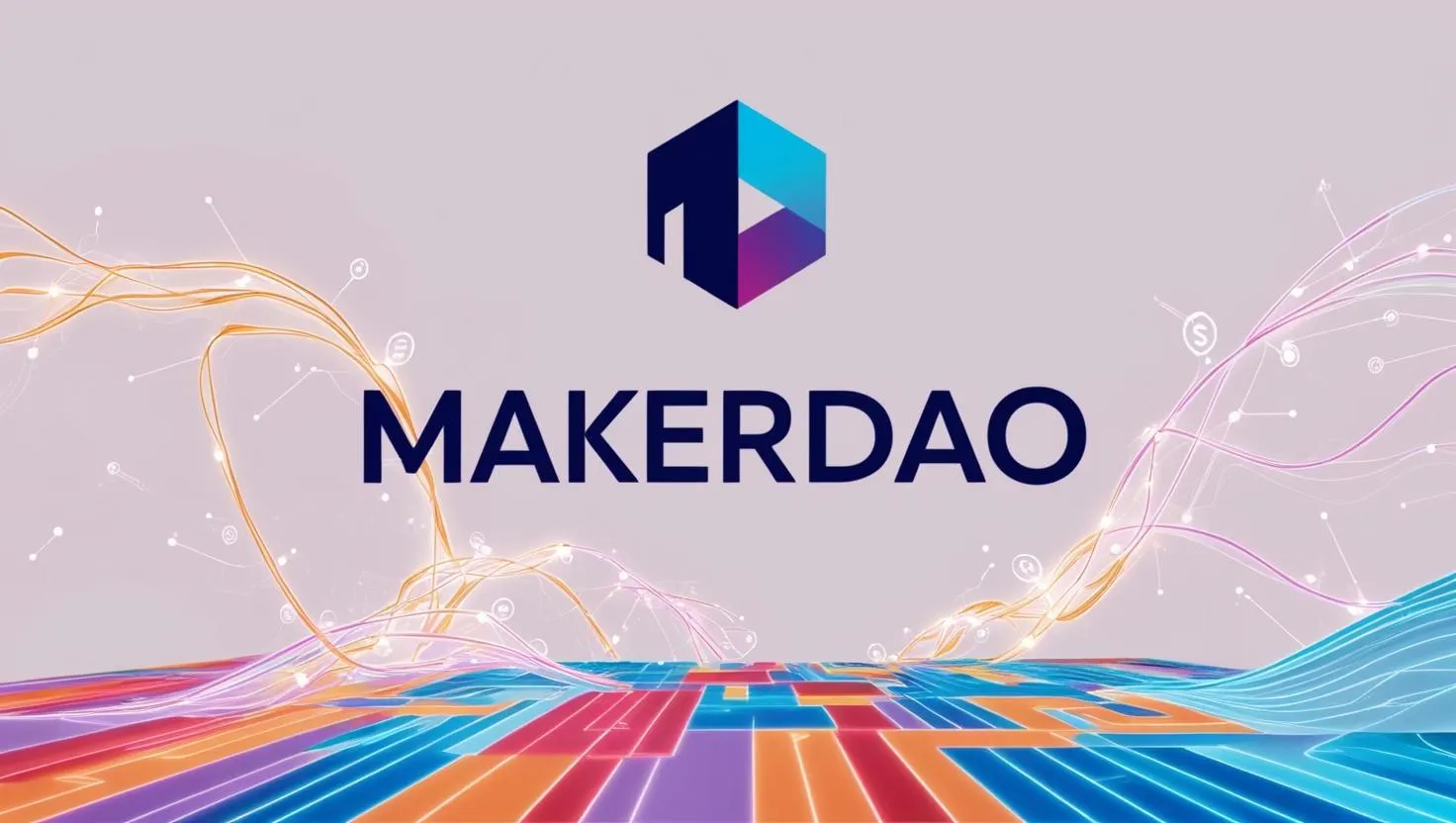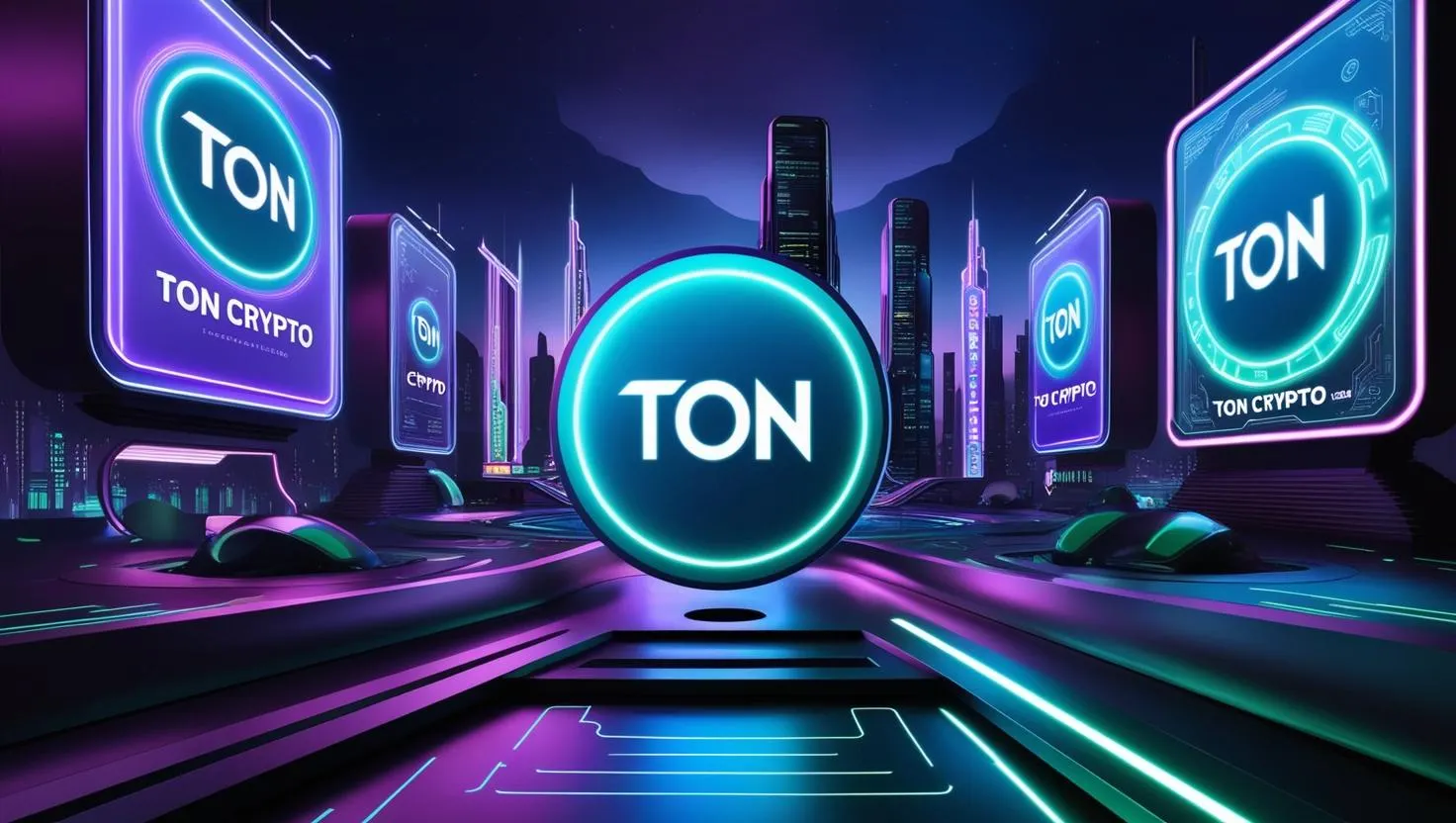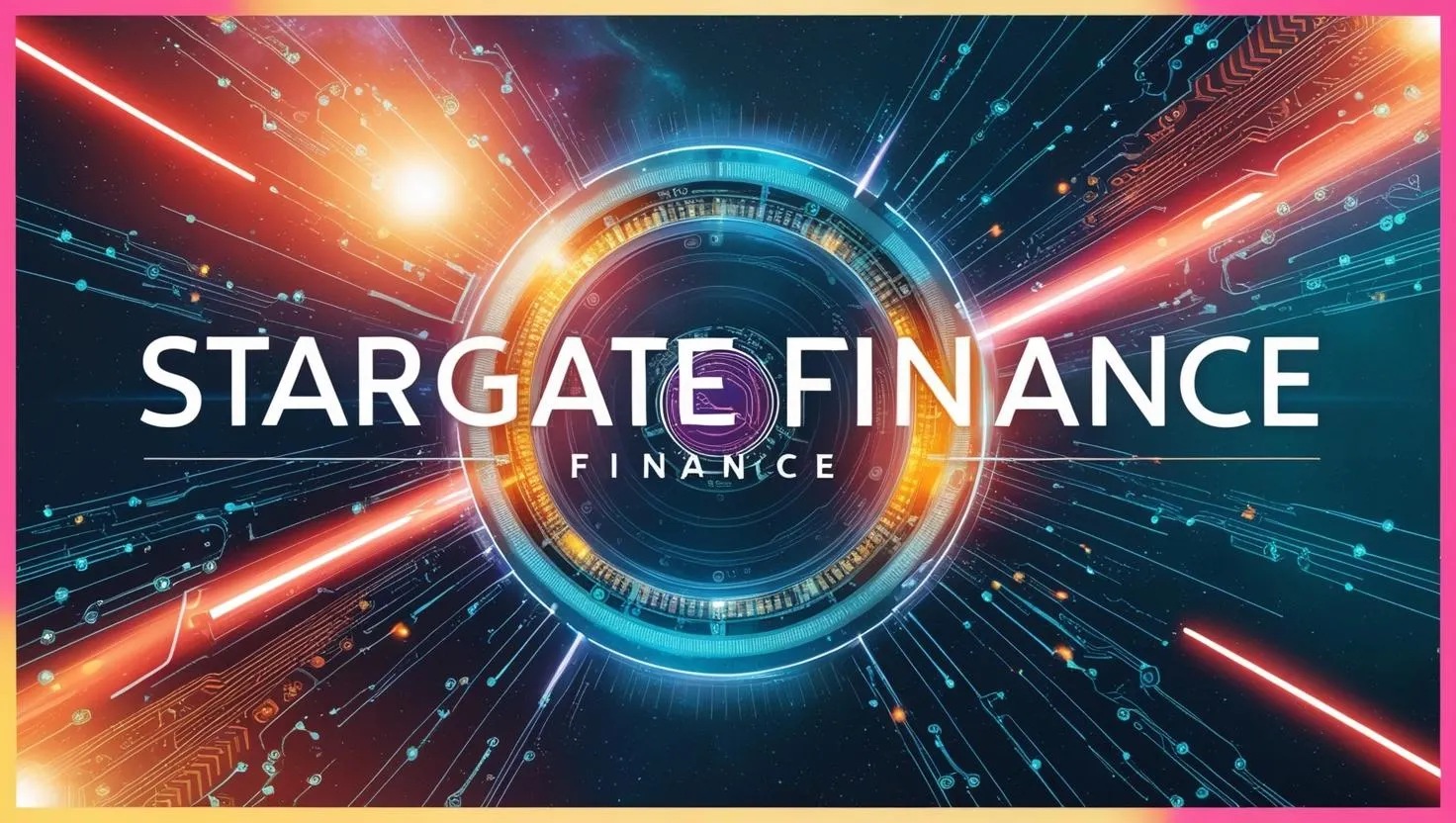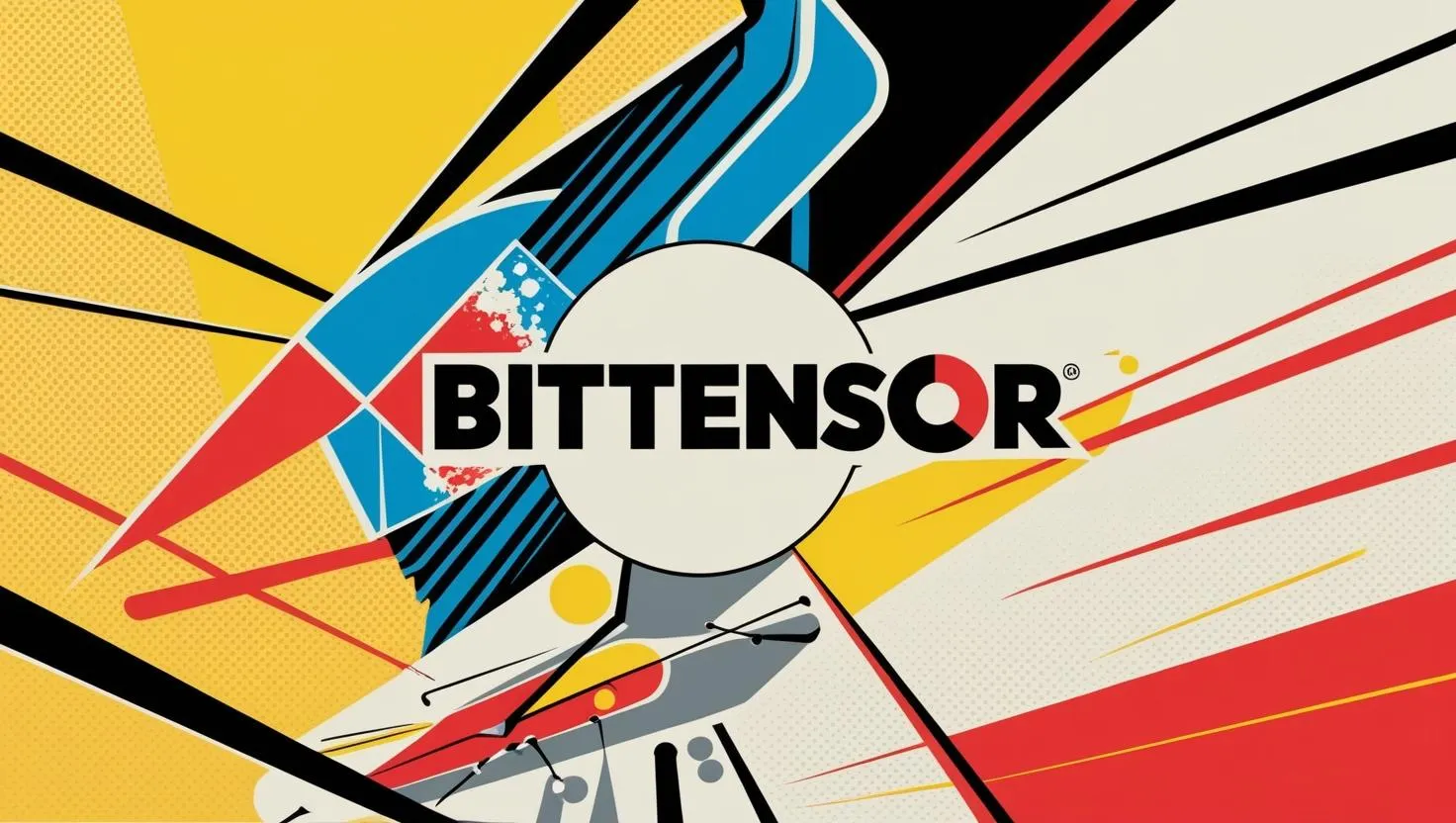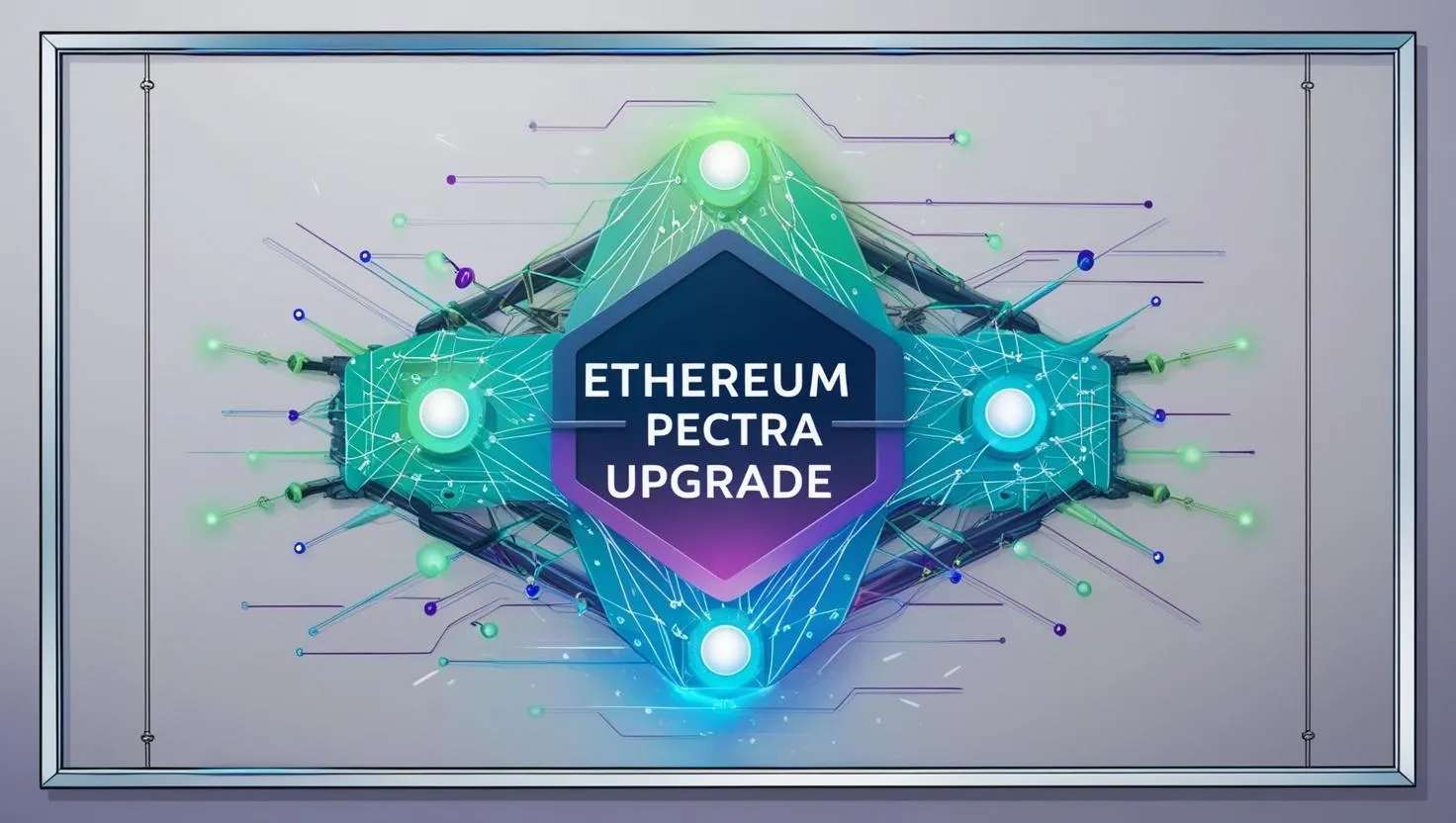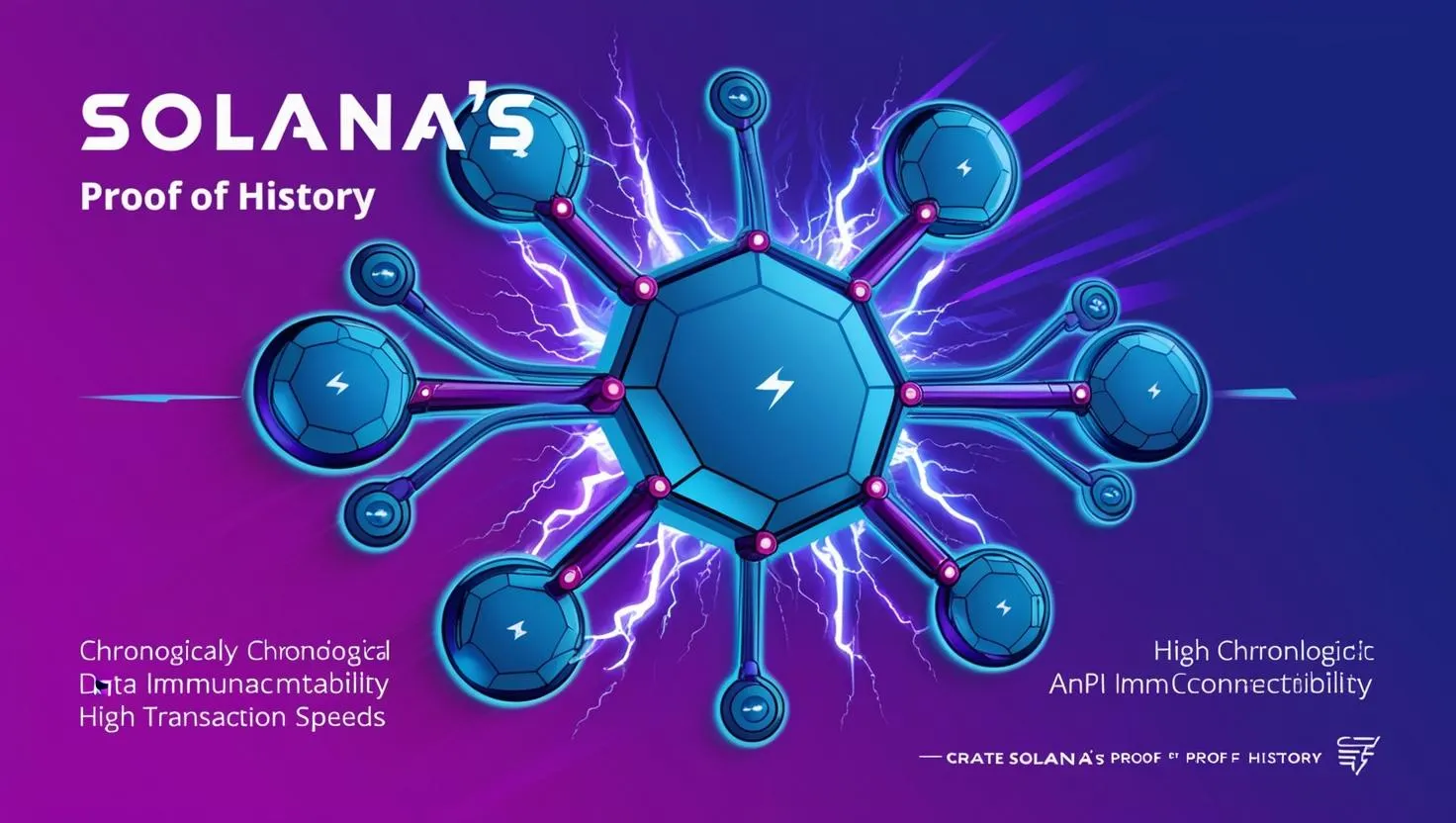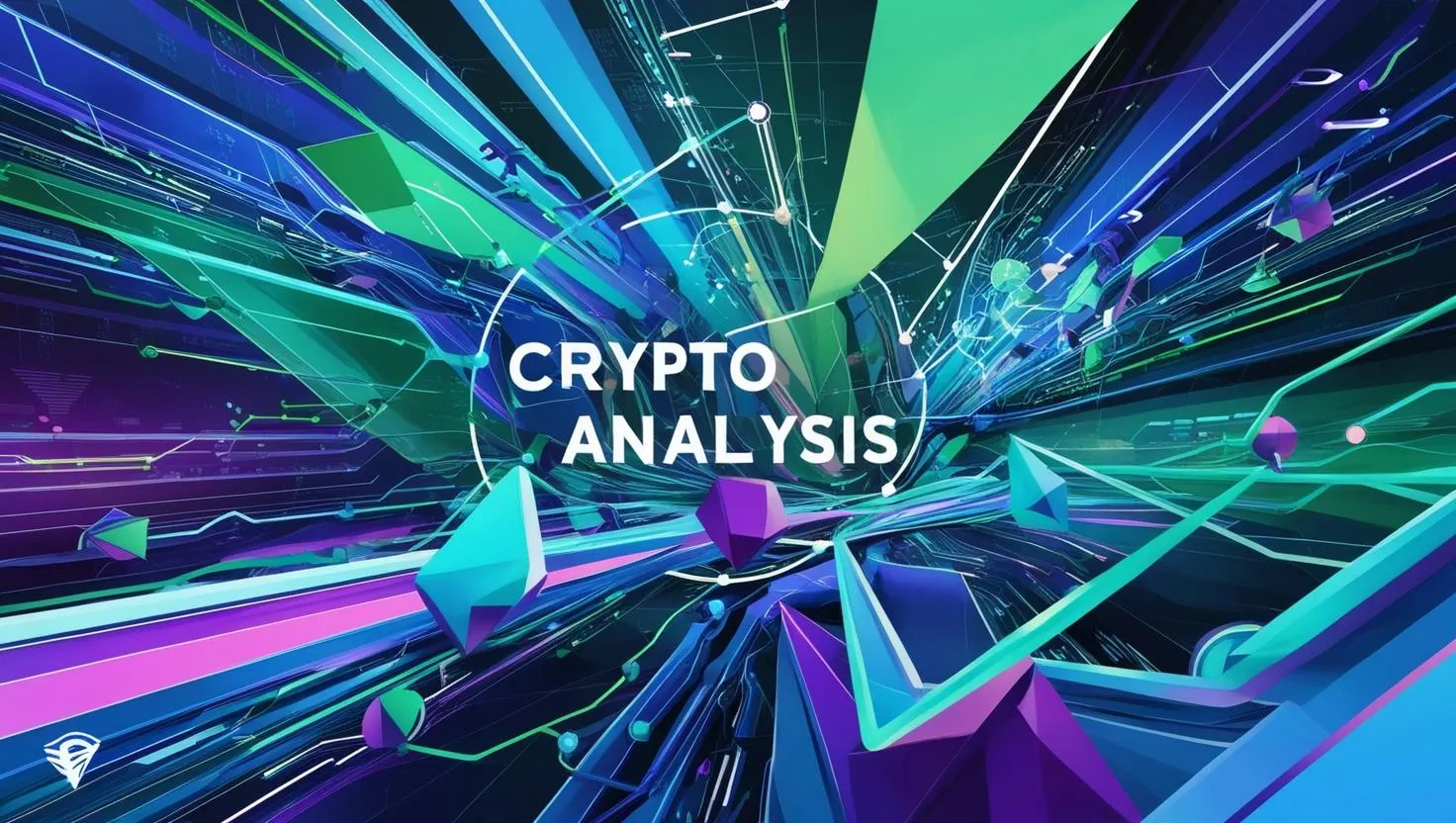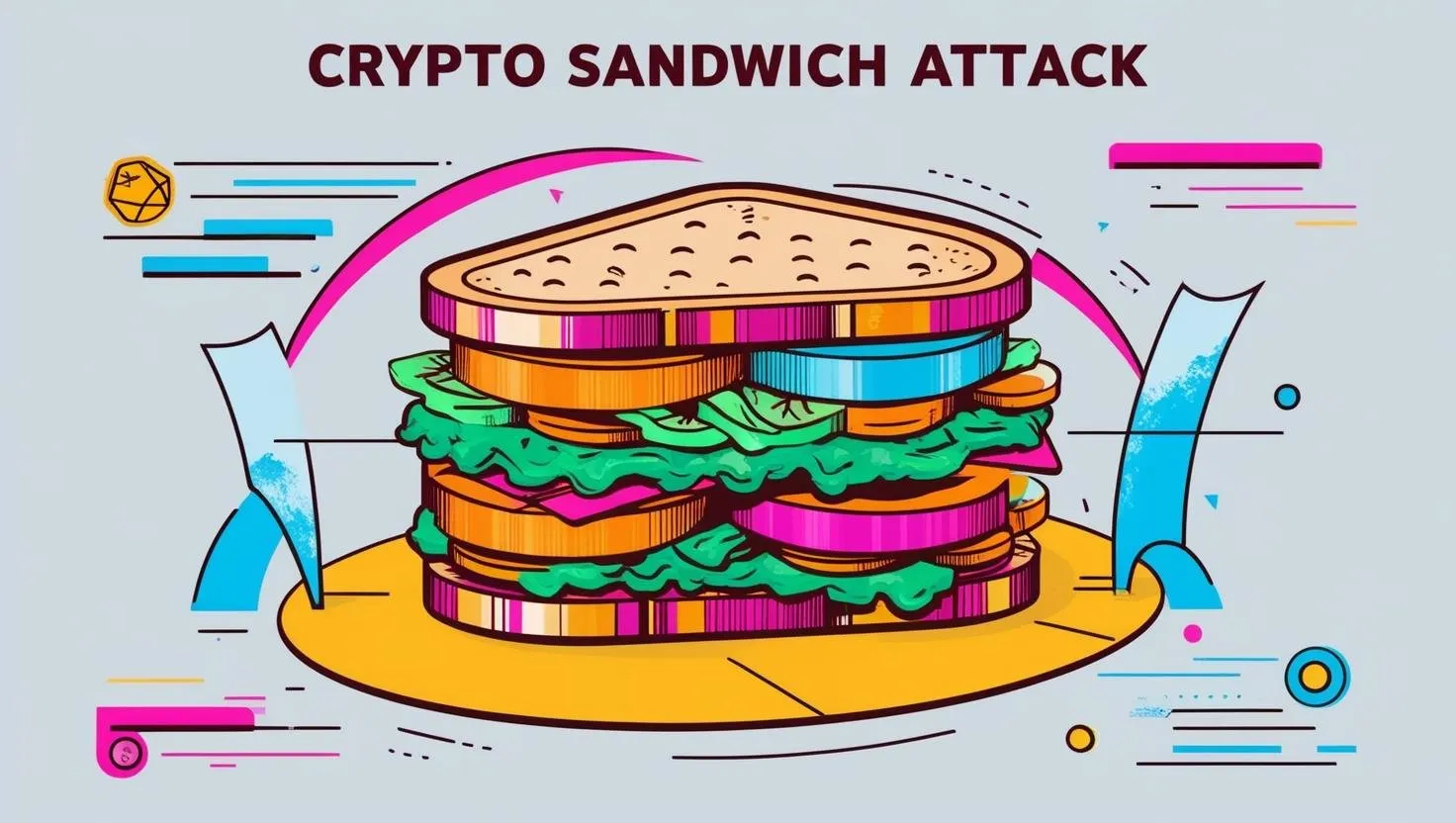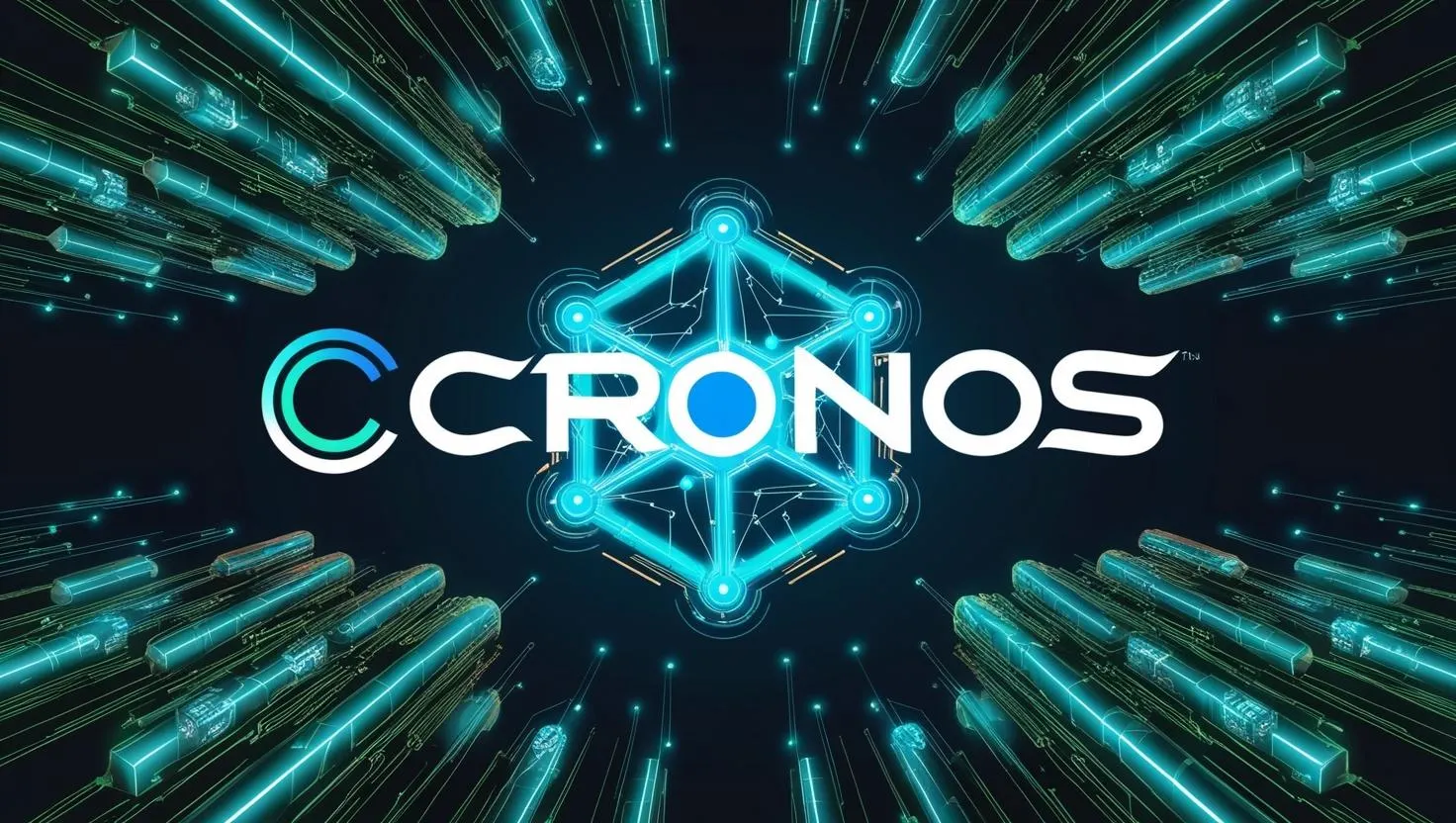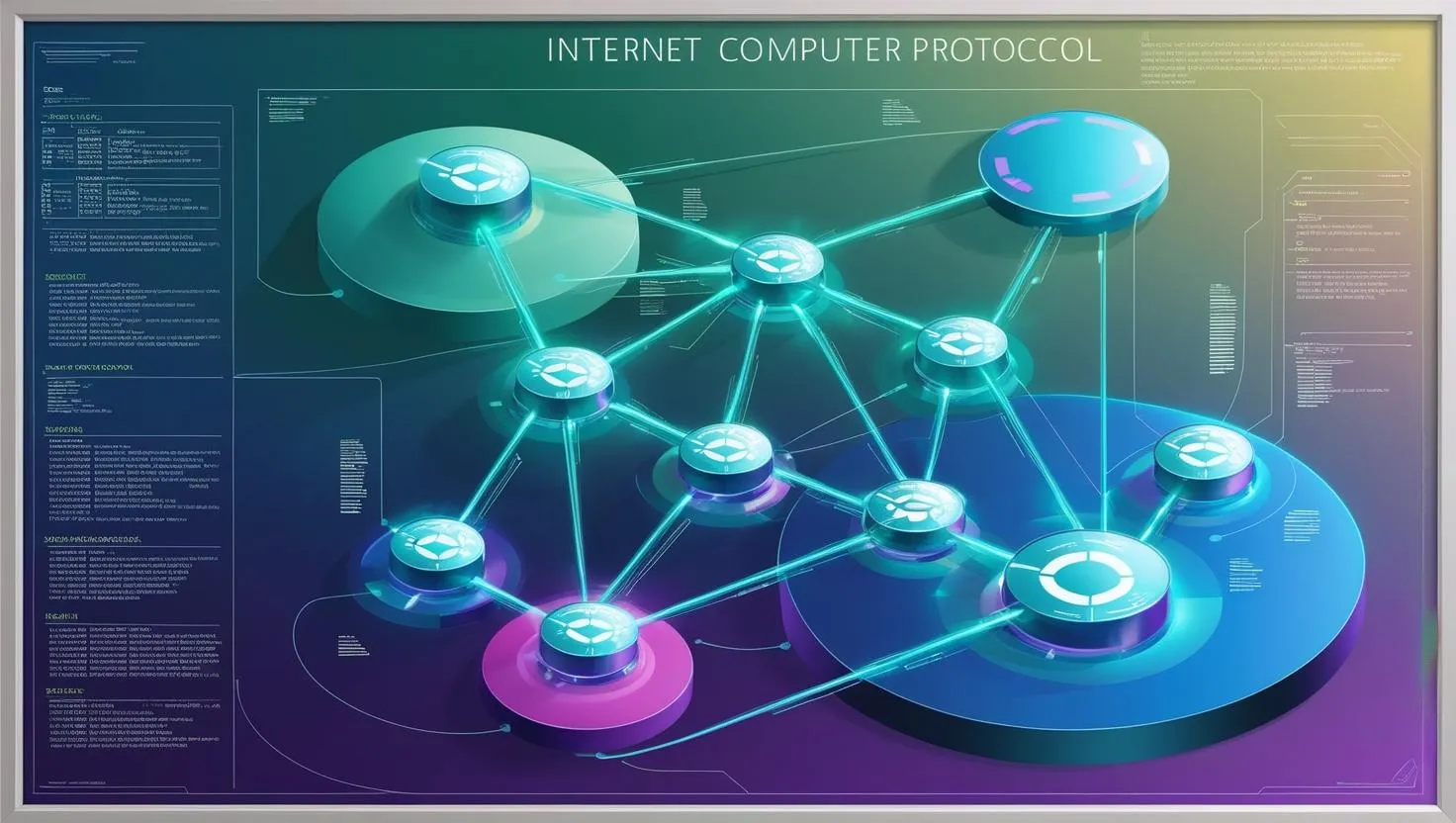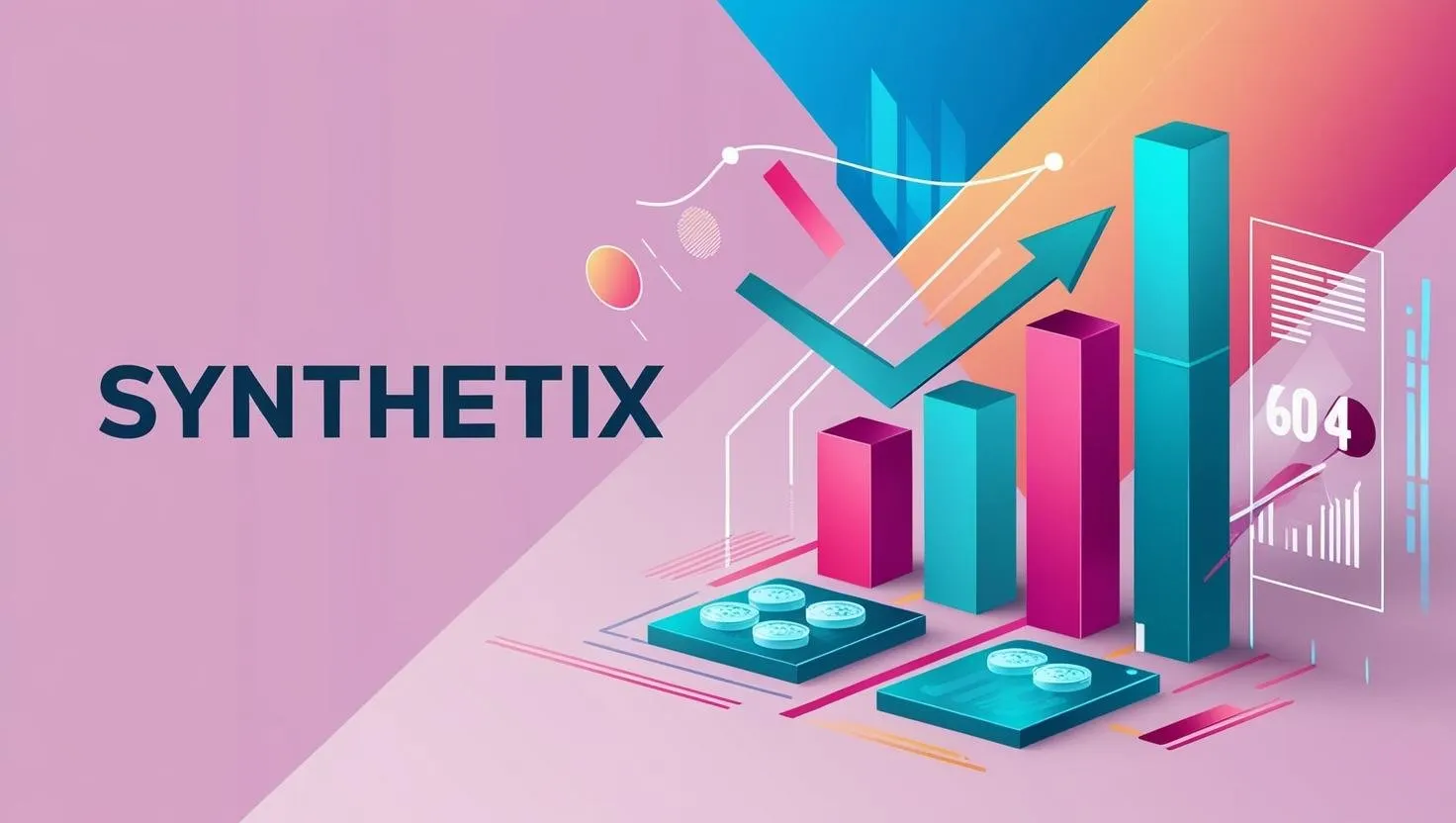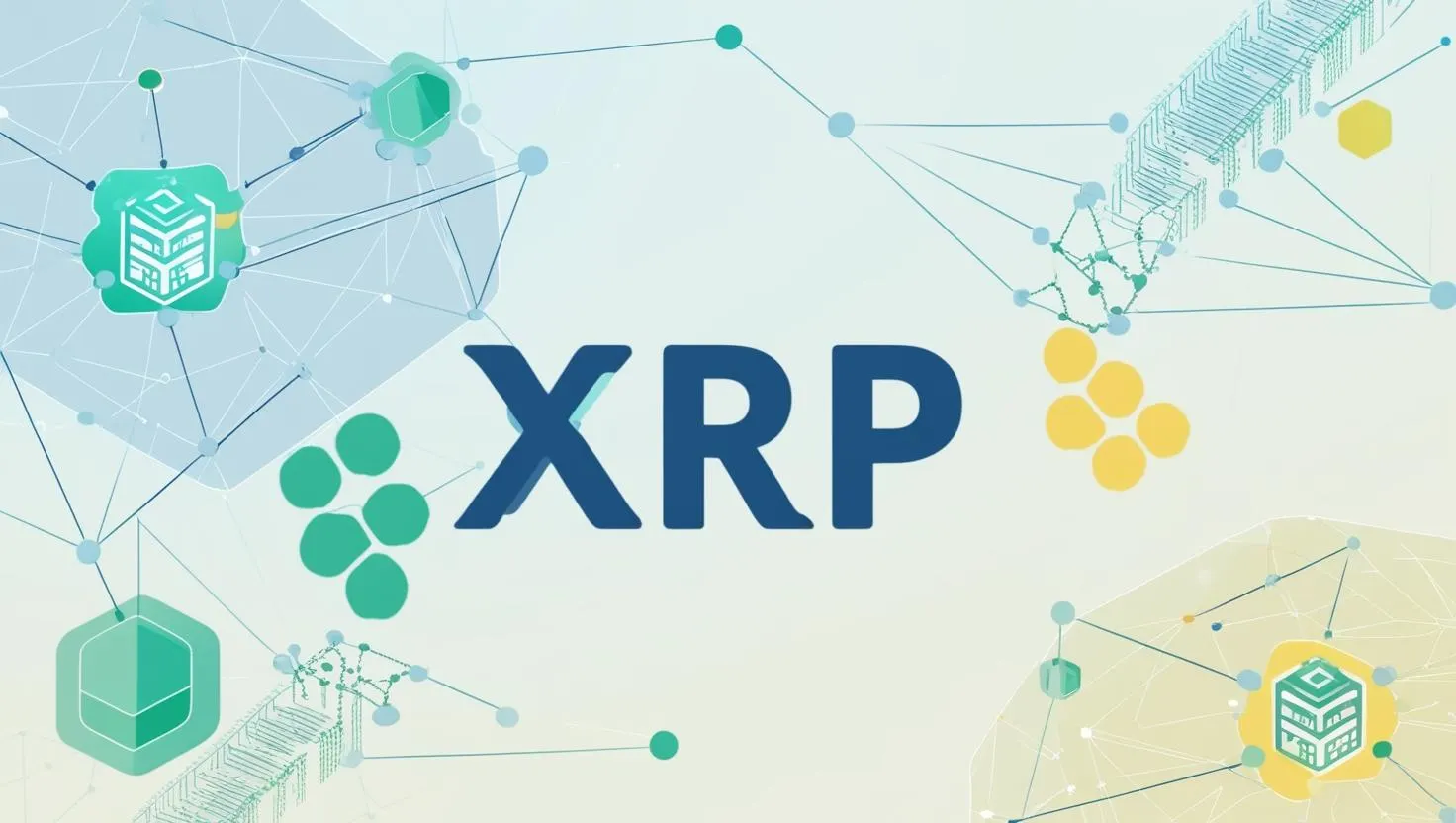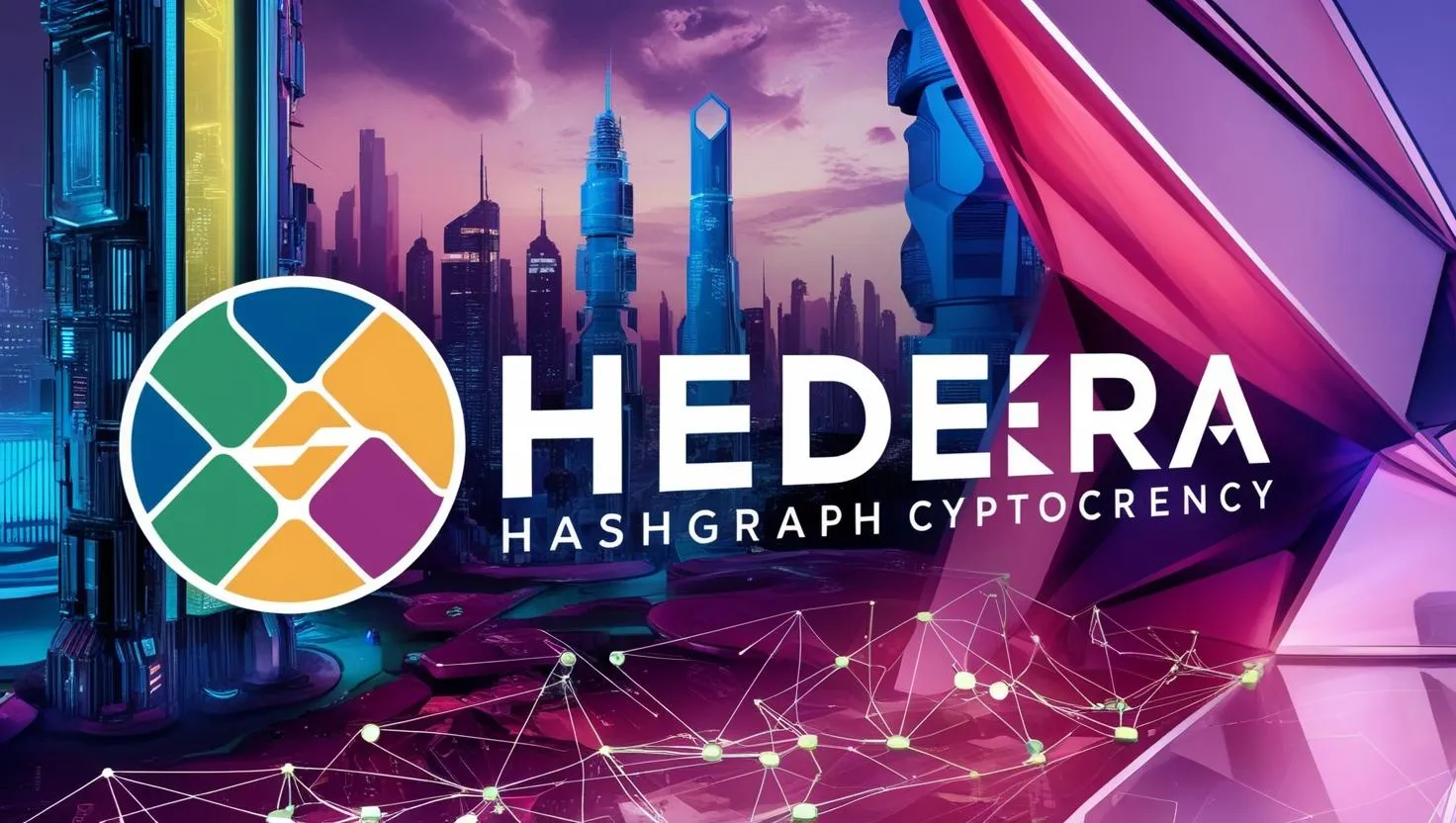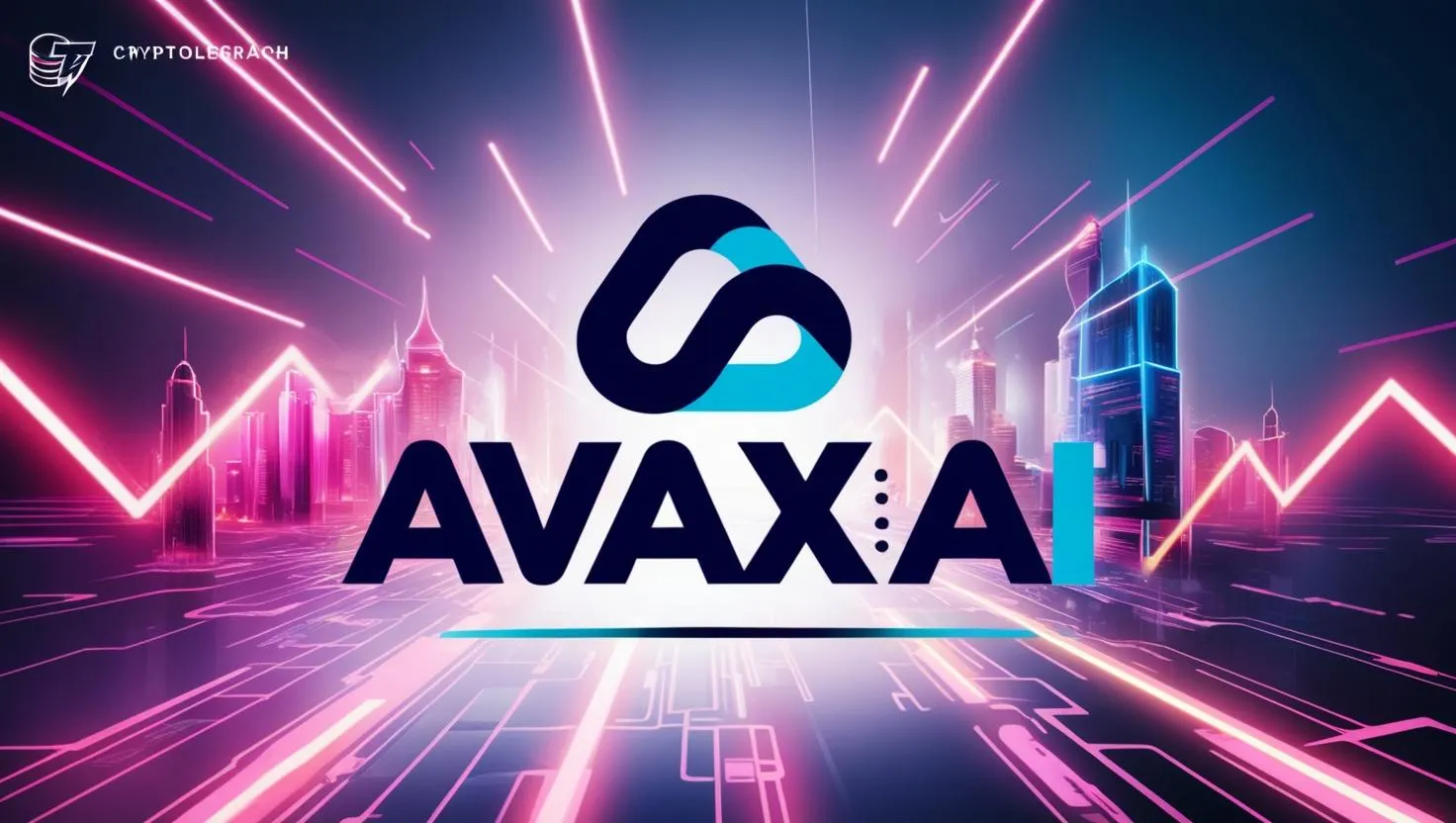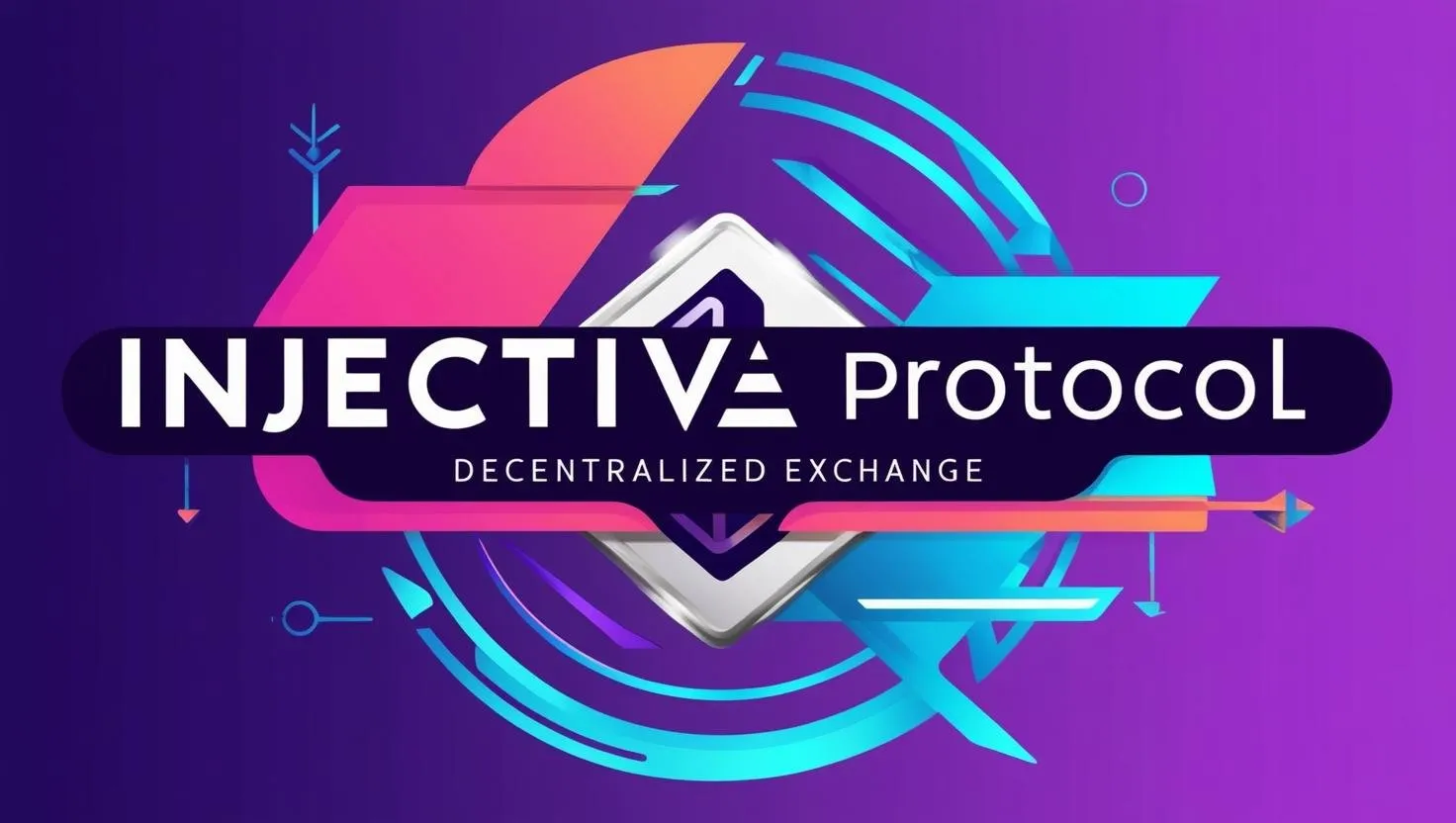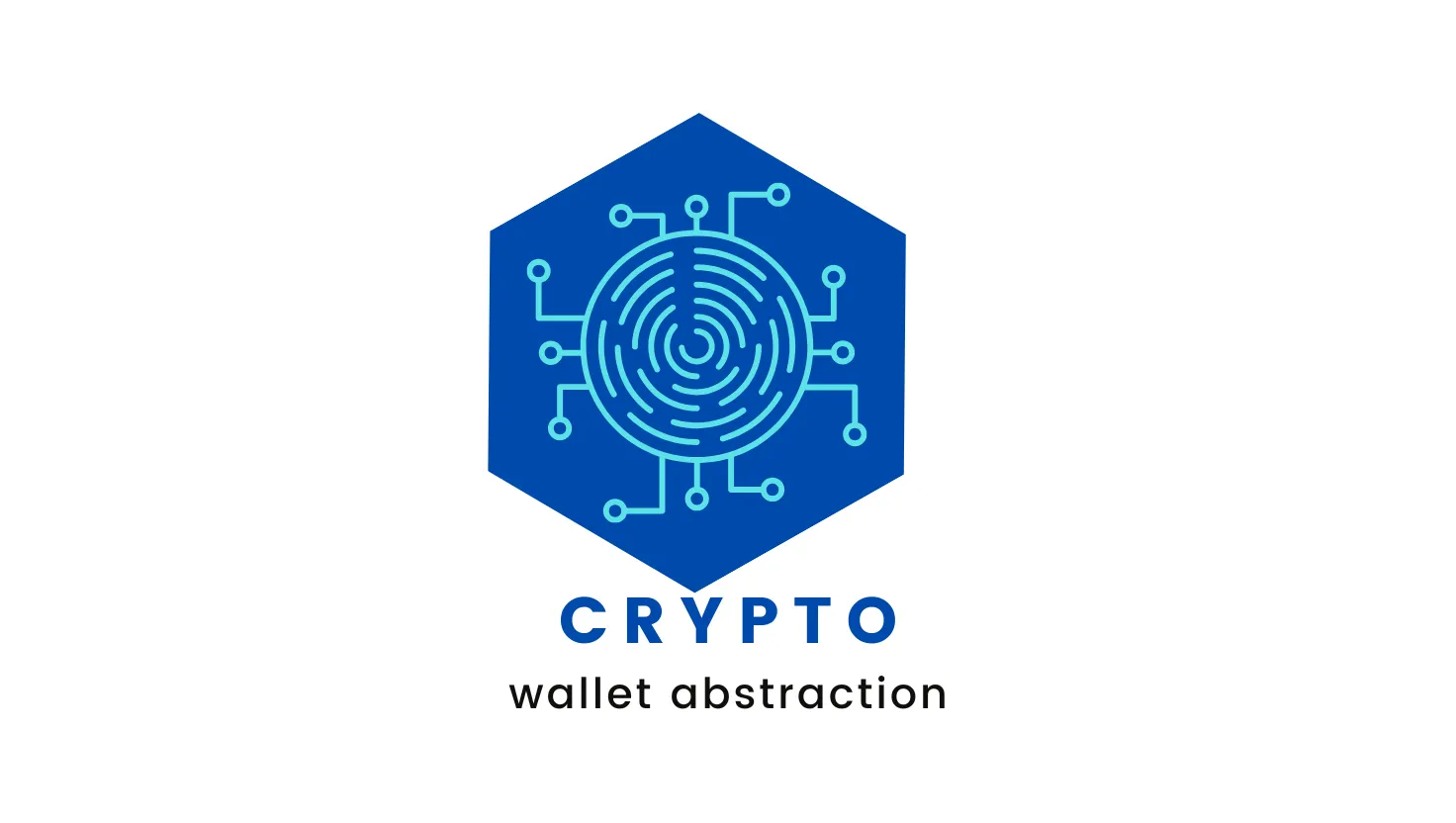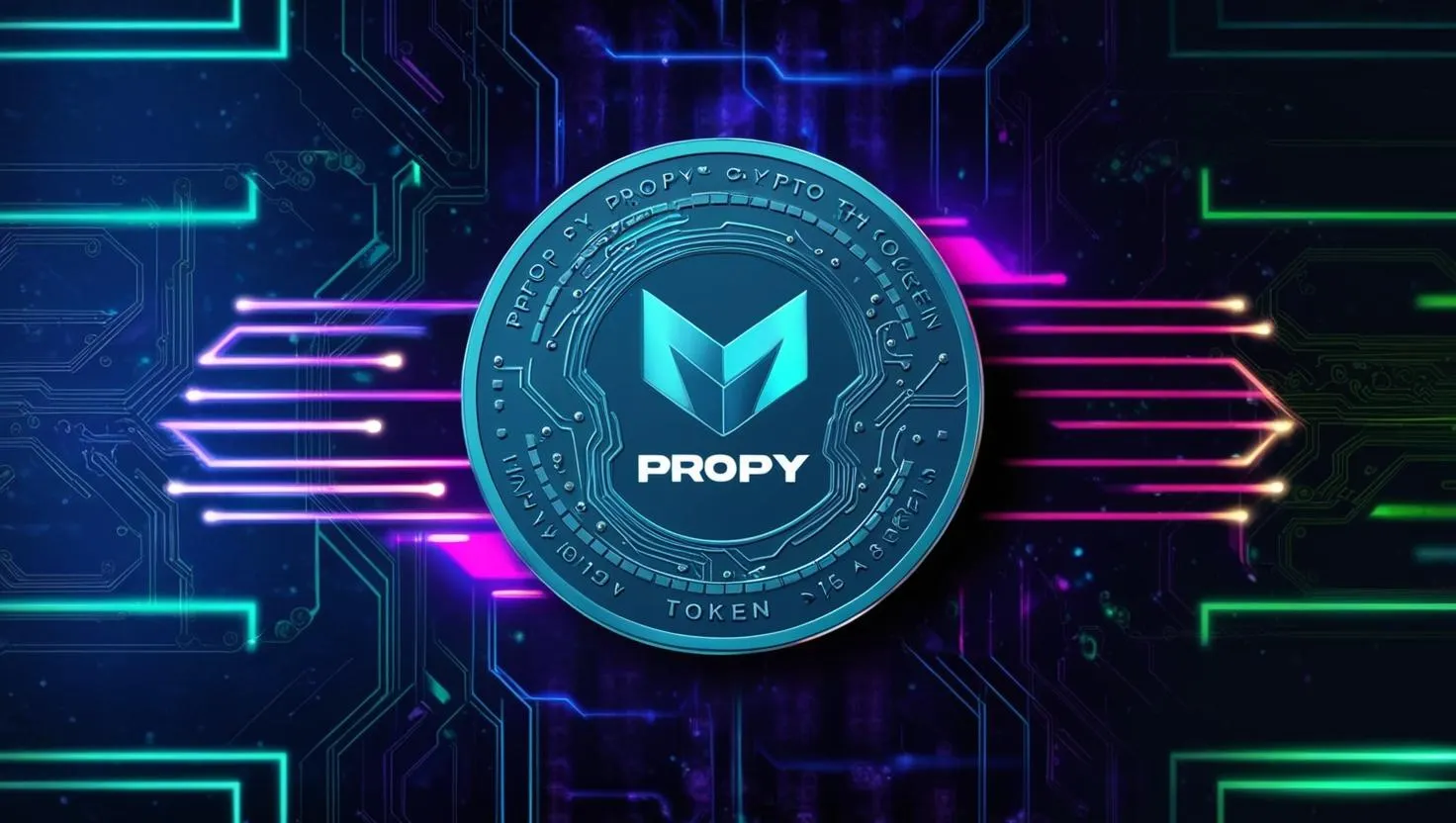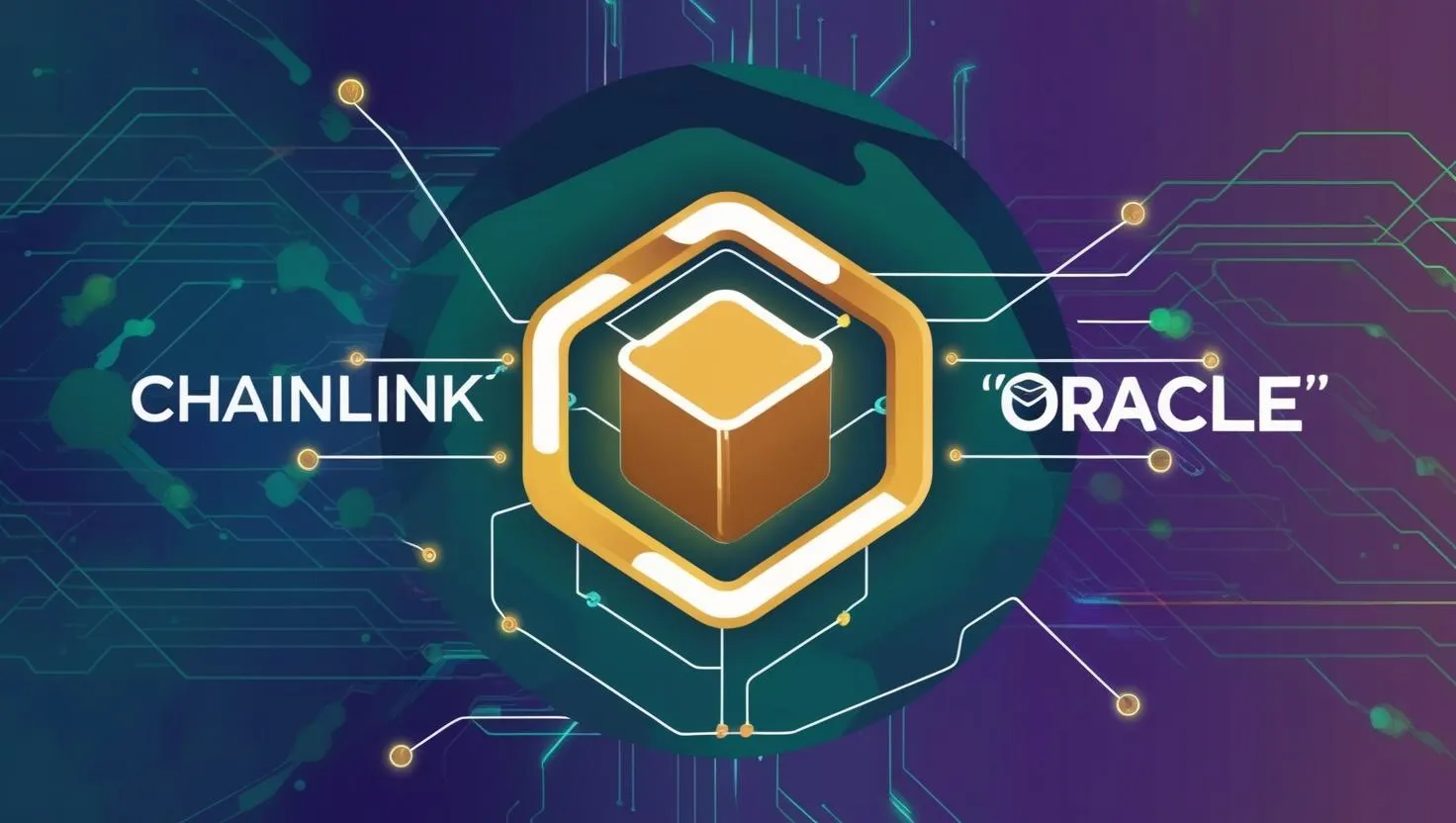What is Hyperliquid?
Hyperliquid, which isn't a blockchain itself but rather a decentralized exchange (DEX) built on the Injective blockchain. It's important to distinguish between the two. Injective is the Layer-1 blockchain, providing the foundation, while Hyperliquid is an application built on Injective.
Let's clarify and explore Hyperliquid:
What is Hyperliquid?
Hyperliquid is a decentralized exchange (DEX) specializing in perpetual swaps and spot trading. It stands out due to its focus on capital efficiency and a unique architecture. Think of it like a sophisticated marketplace for trading cryptocurrencies, but entirely decentralized and operating on the Injective blockchain.
Key Features and How it Works:
- Concentrated Liquidity: Hyperliquid uses a concentrated liquidity model. This allows liquidity providers (LPs) to allocate their capital within specific price ranges, maximizing capital utilization and potentially earning higher fees. This is different from traditional AMMs (Automated Market Makers) where liquidity is often spread thinly across a wide price range.
- Perpetual Swaps: Hyperliquid enables trading of perpetual swaps, which are contracts that allow traders to speculate on the price of an asset without an expiration date. This is popular for traders who want to take leveraged positions.
- Spot Trading: In addition to perpetuals, Hyperliquid also facilitates spot trading, allowing users to directly exchange one cryptocurrency for another.
- Decentralized Governance: Like many DeFi projects, Hyperliquid aims for decentralized governance, meaning holders of its governance token (if one exists or is planned) will have a say in the platform's future development.
- Built on Injective: Being built on Injective gives Hyperliquid access to Injective's fast transaction speeds, low fees, and interoperability features.
Utilities and Uses:
- Trading: The core utility is trading. Users can trade perpetual swaps with leverage or engage in spot trading.
- Liquidity Provision: Users can become liquidity providers by depositing assets into the liquidity pools. By doing so, they earn trading fees generated by the platform. The concentrated liquidity model aims to maximize their returns.
- Arbitrage: The platform's design might create opportunities for arbitrage, where traders can profit from price differences between Hyperliquid and other exchanges.
- Hedging: Perpetual swaps can be used for hedging, allowing traders to offset potential losses in other positions.

Problems Hyperliquid Solves (or Addresses):
- Capital Inefficiency: Traditional AMMs often suffer from capital inefficiency, where a large portion of the liquidity is unused. Hyperliquid's concentrated liquidity model aims to address this.
- High Fees: By leveraging Injective's low-fee infrastructure, Hyperliquid aims to offer competitive trading fees.
- Centralization Risks: As a DEX, it aims to provide a decentralized alternative to centralized exchanges, reducing the risks associated with centralized custodianship of funds.
- Limited Trading Options: Some DEXs offer a limited range of trading instruments. Hyperliquid aims to provide a more comprehensive offering, including perpetual swaps and spot trading.
Important Considerations:
- Smart Contract Risks: Like any DeFi protocol, Hyperliquid relies on smart contracts, which are susceptible to bugs and vulnerabilities. Audits and security best practices are crucial.
- Impermanent Loss (for LPs): While concentrated liquidity can increase returns, it also increases the risk of impermanent loss, especially for LPs who don't actively manage their positions. Impermanent loss happens when the price of the assets in the liquidity pool diverge.
- Market Volatility: Trading perpetual swaps, especially with leverage, is inherently risky due to market volatility.
- Competition: The DEX landscape is highly competitive, with many other platforms vying for users and liquidity.
In summary: Hyperliquid is a DEX built on Injective that focuses on capital efficiency through concentrated liquidity, offering perpetual swaps and spot trading. It aims to solve problems related to capital inefficiency, high fees, and centralization risks. However, users should be aware of the inherent risks associated with DeFi and trading. It's crucial to do your own research and understand the platform before using it.




